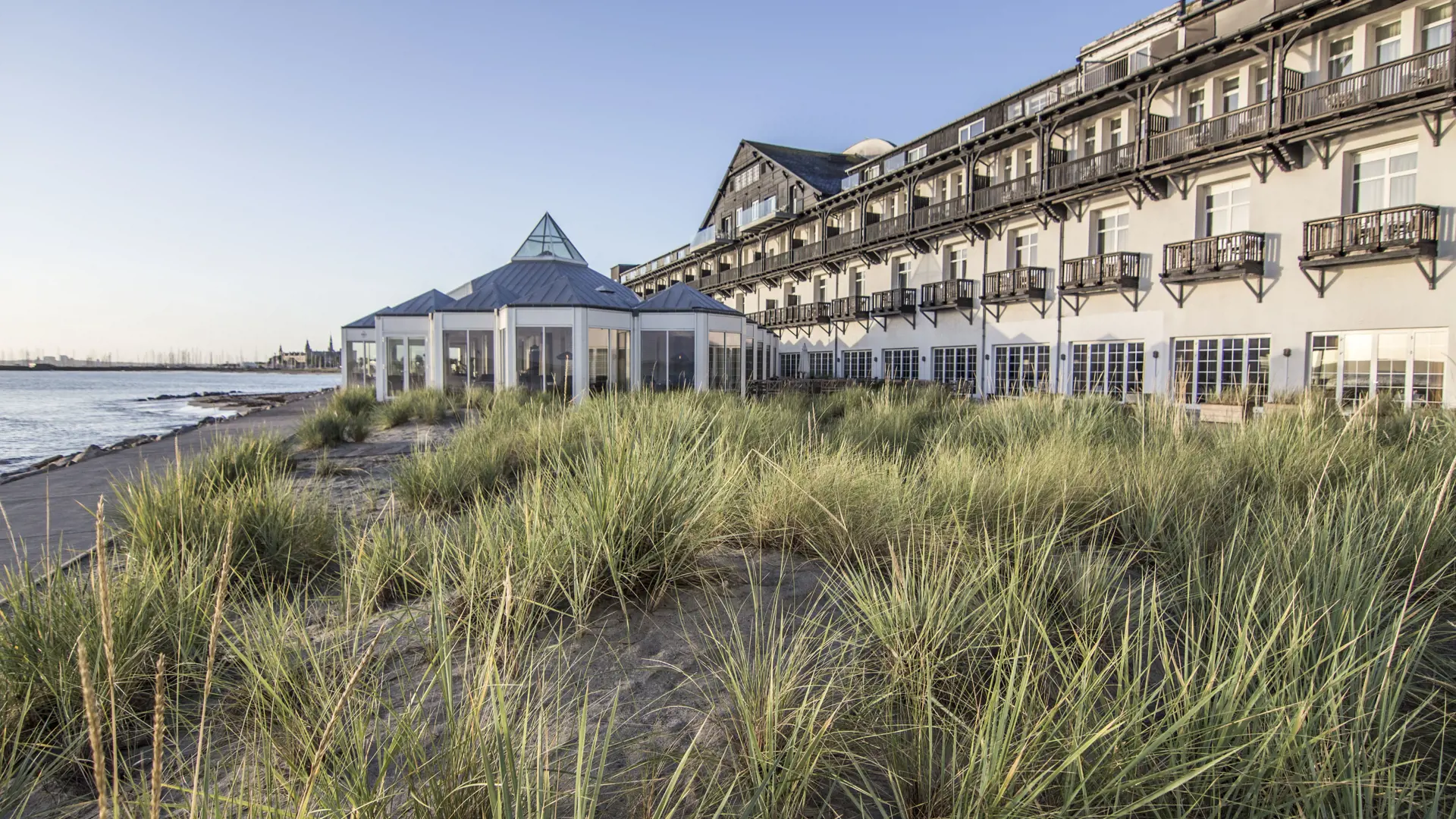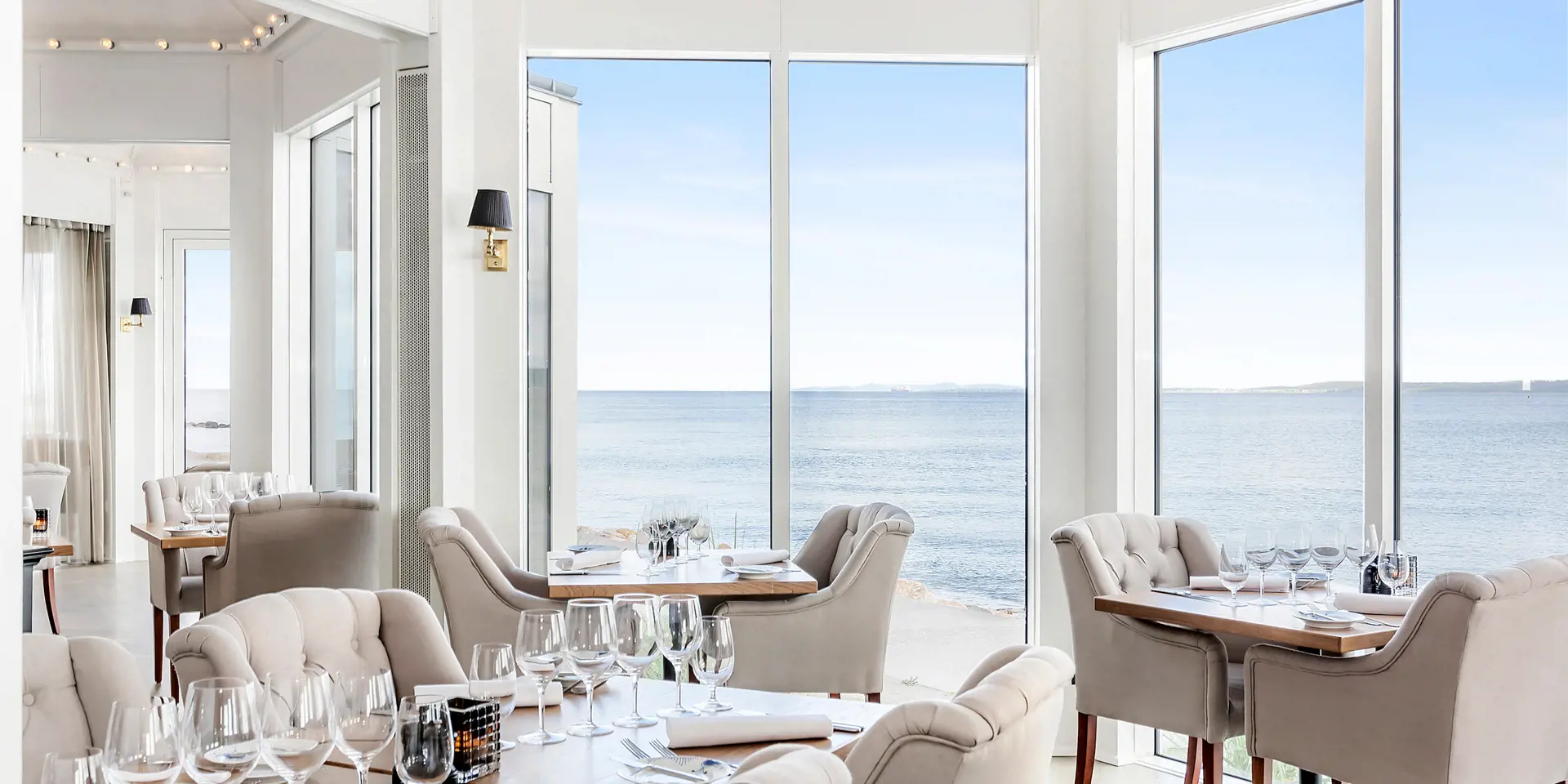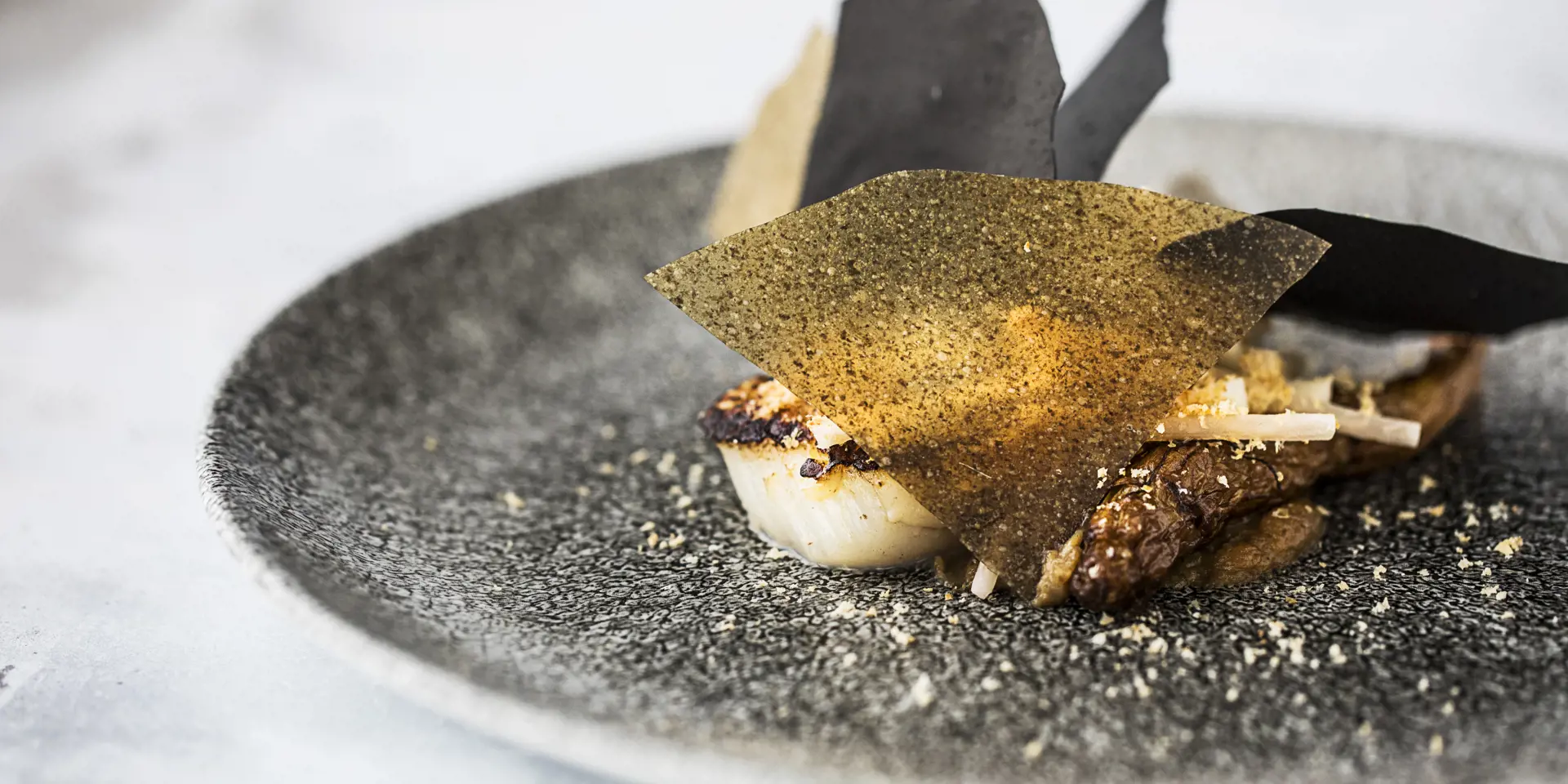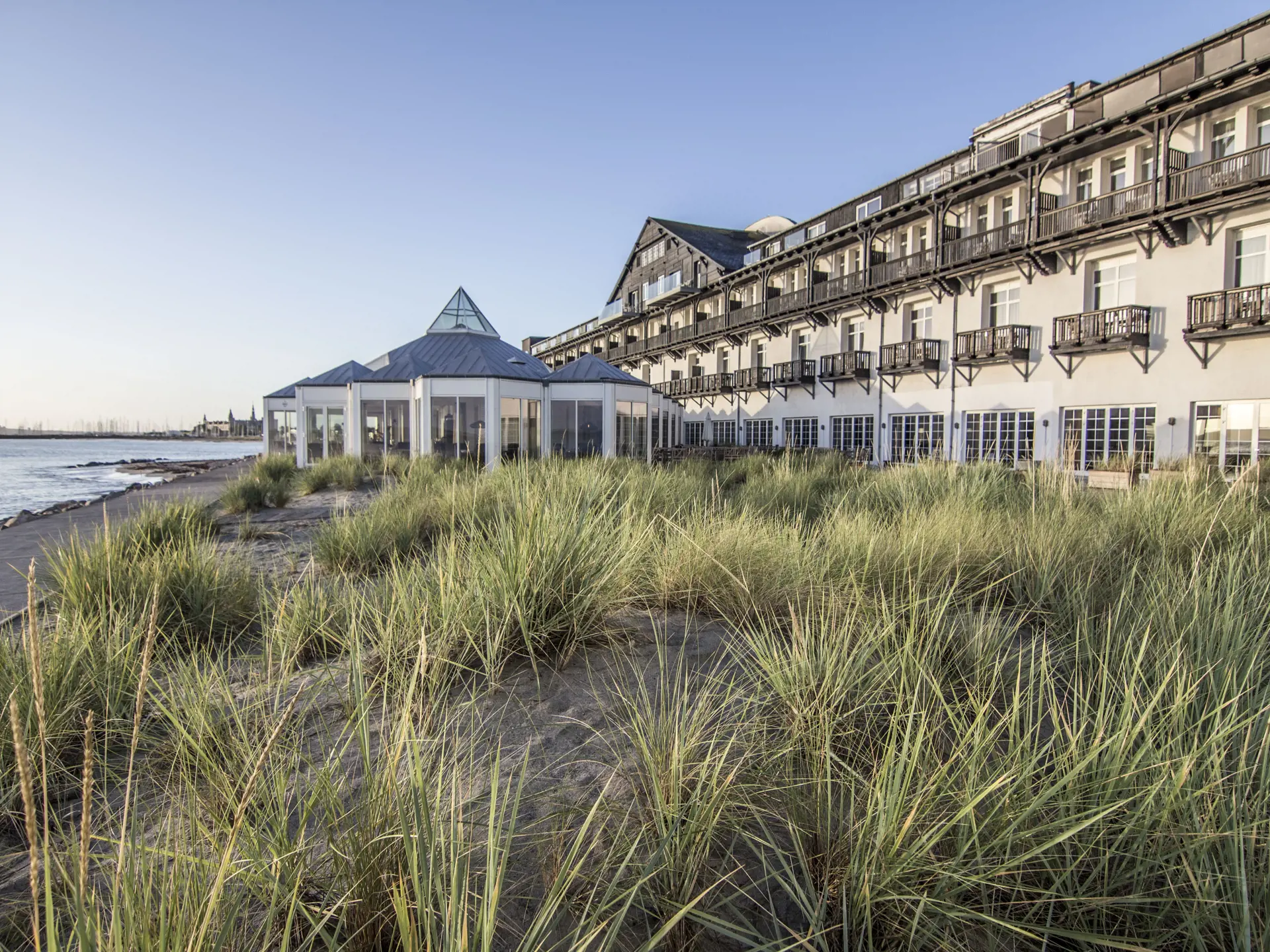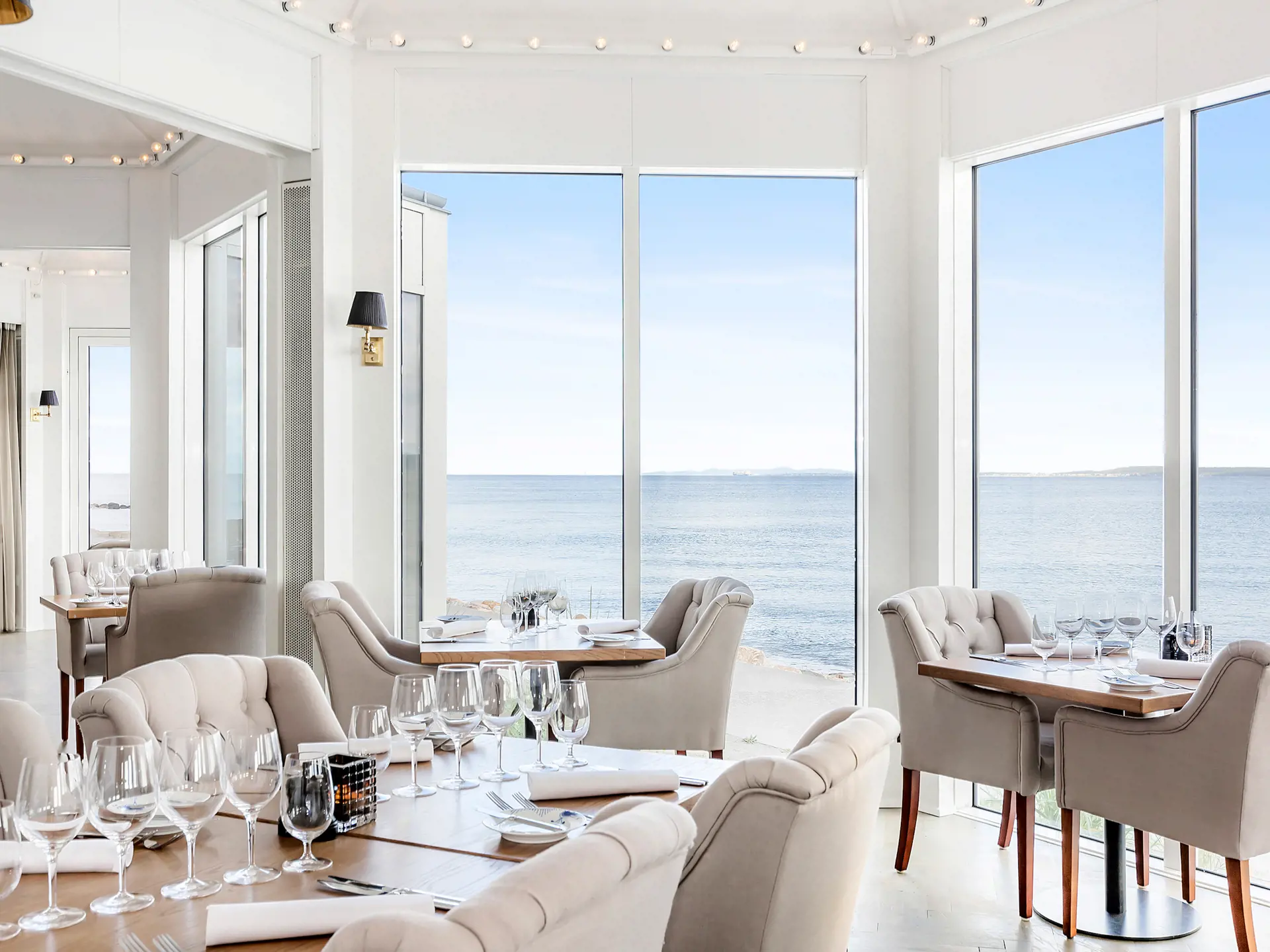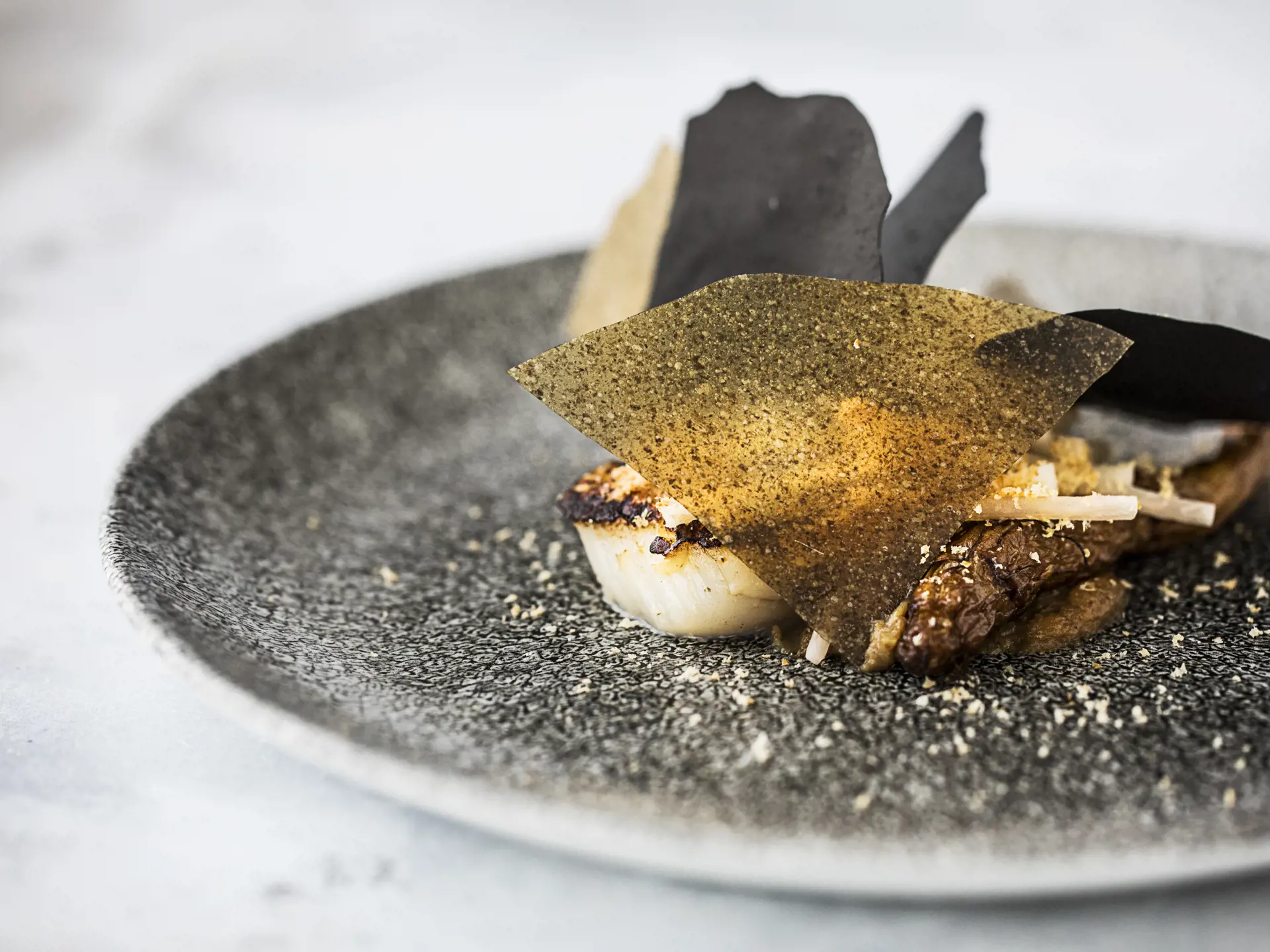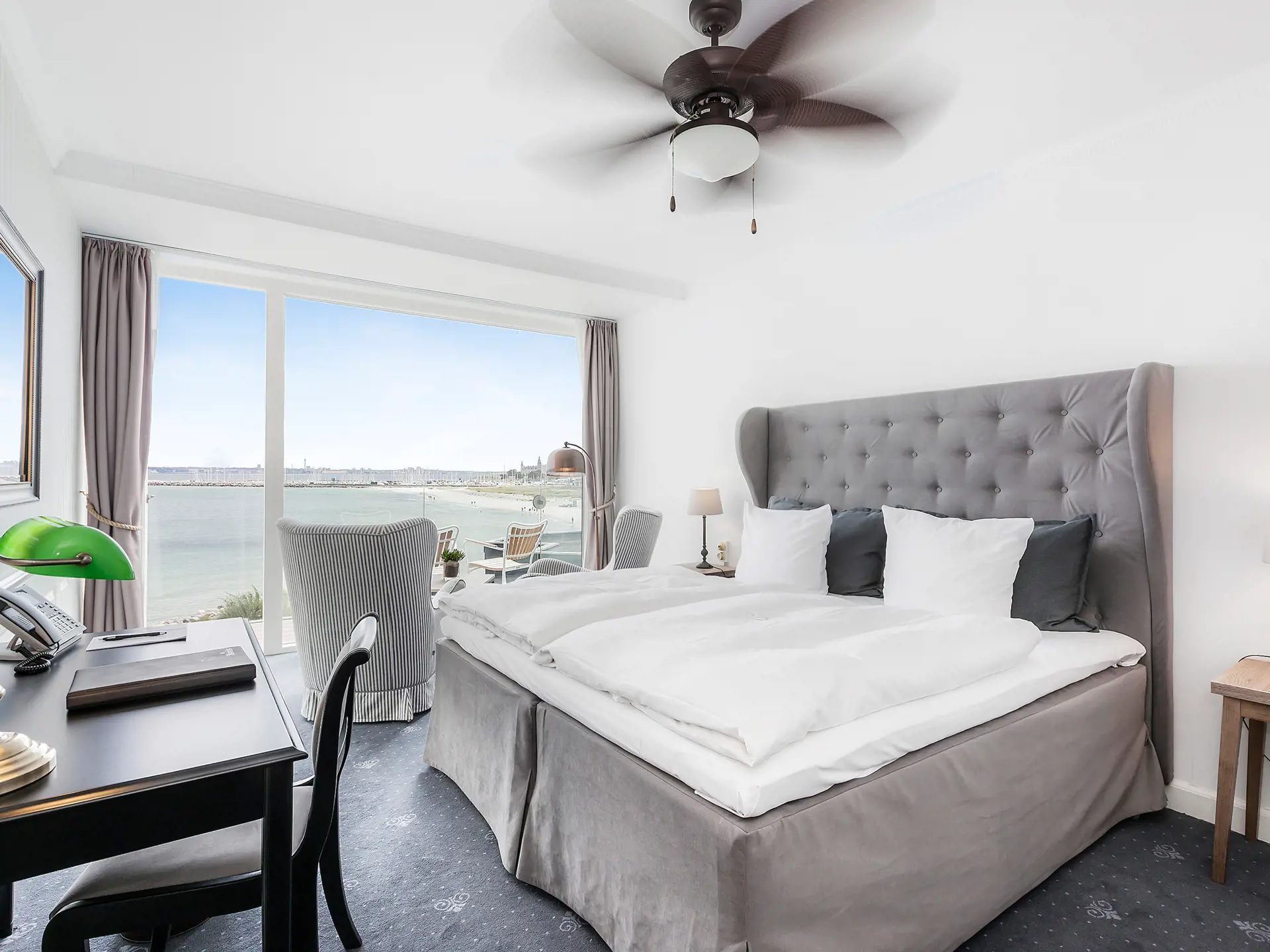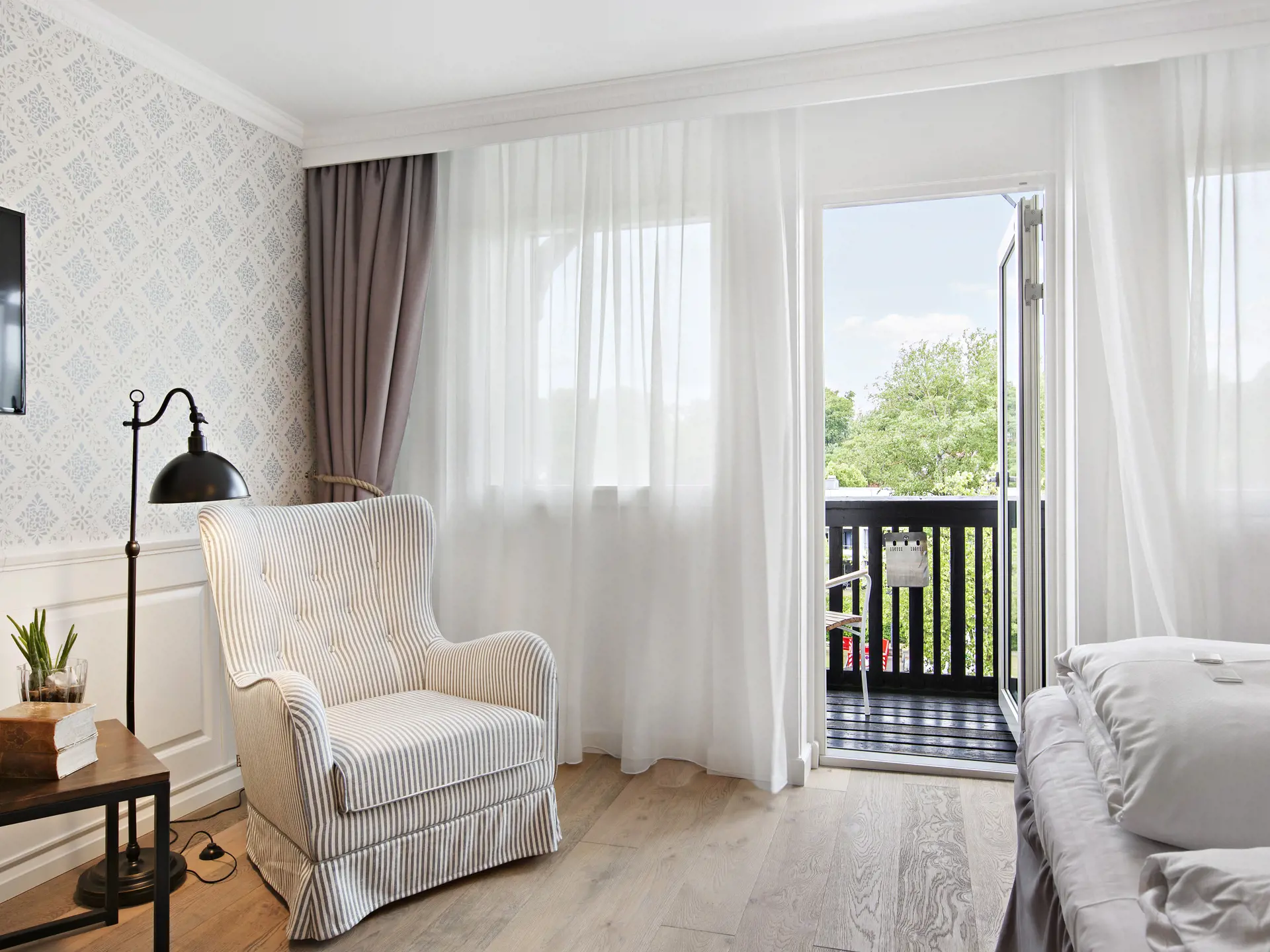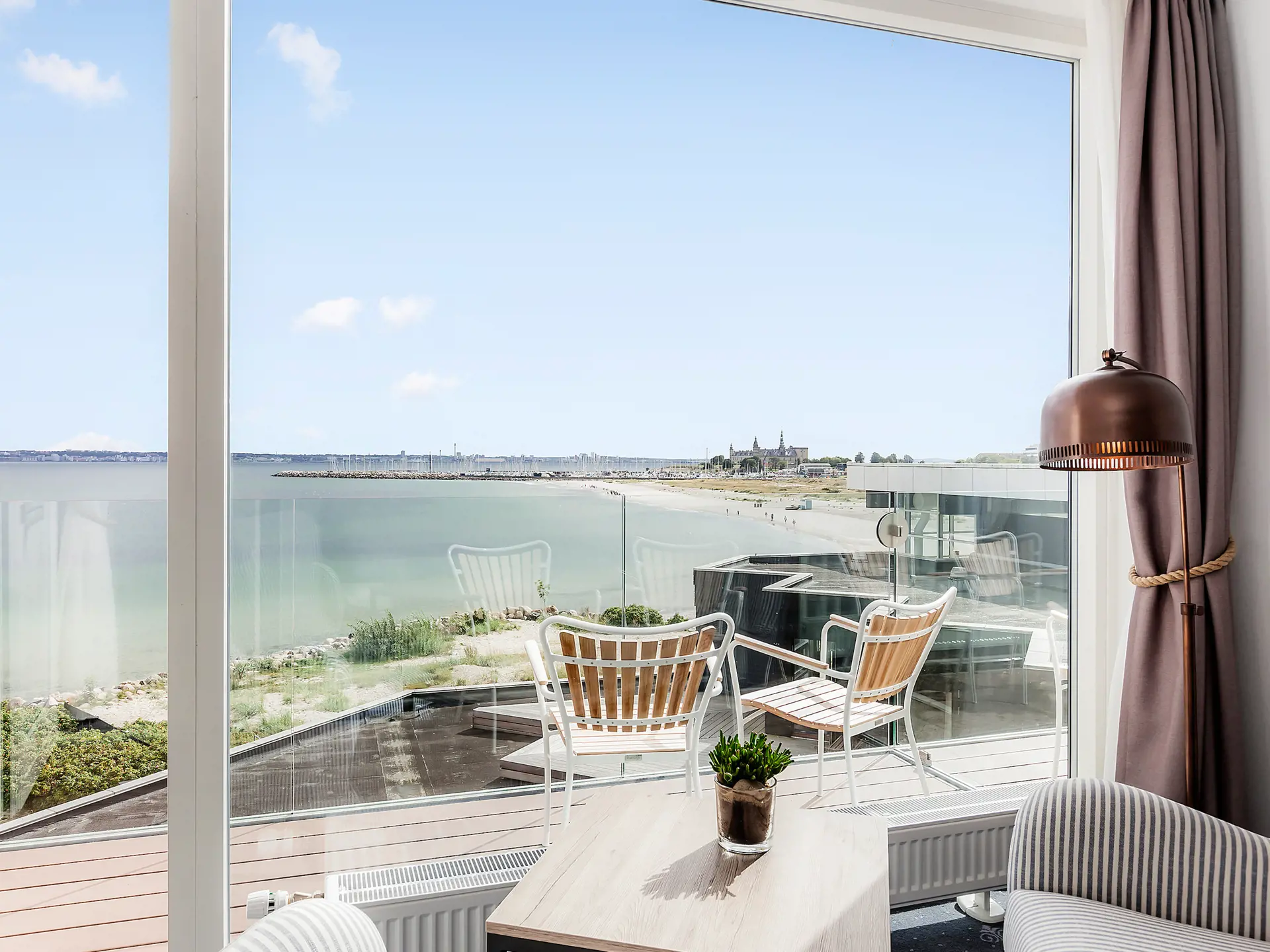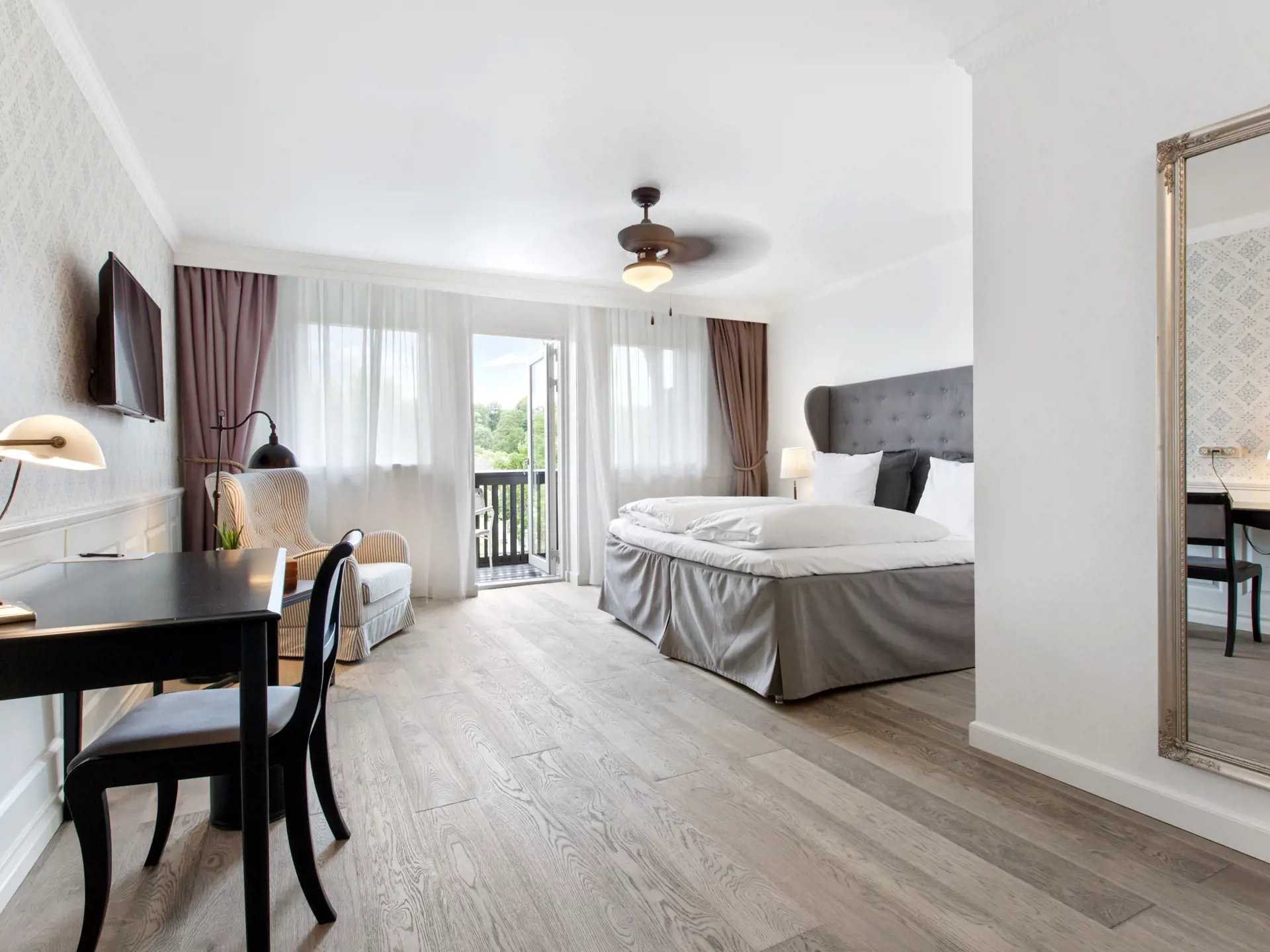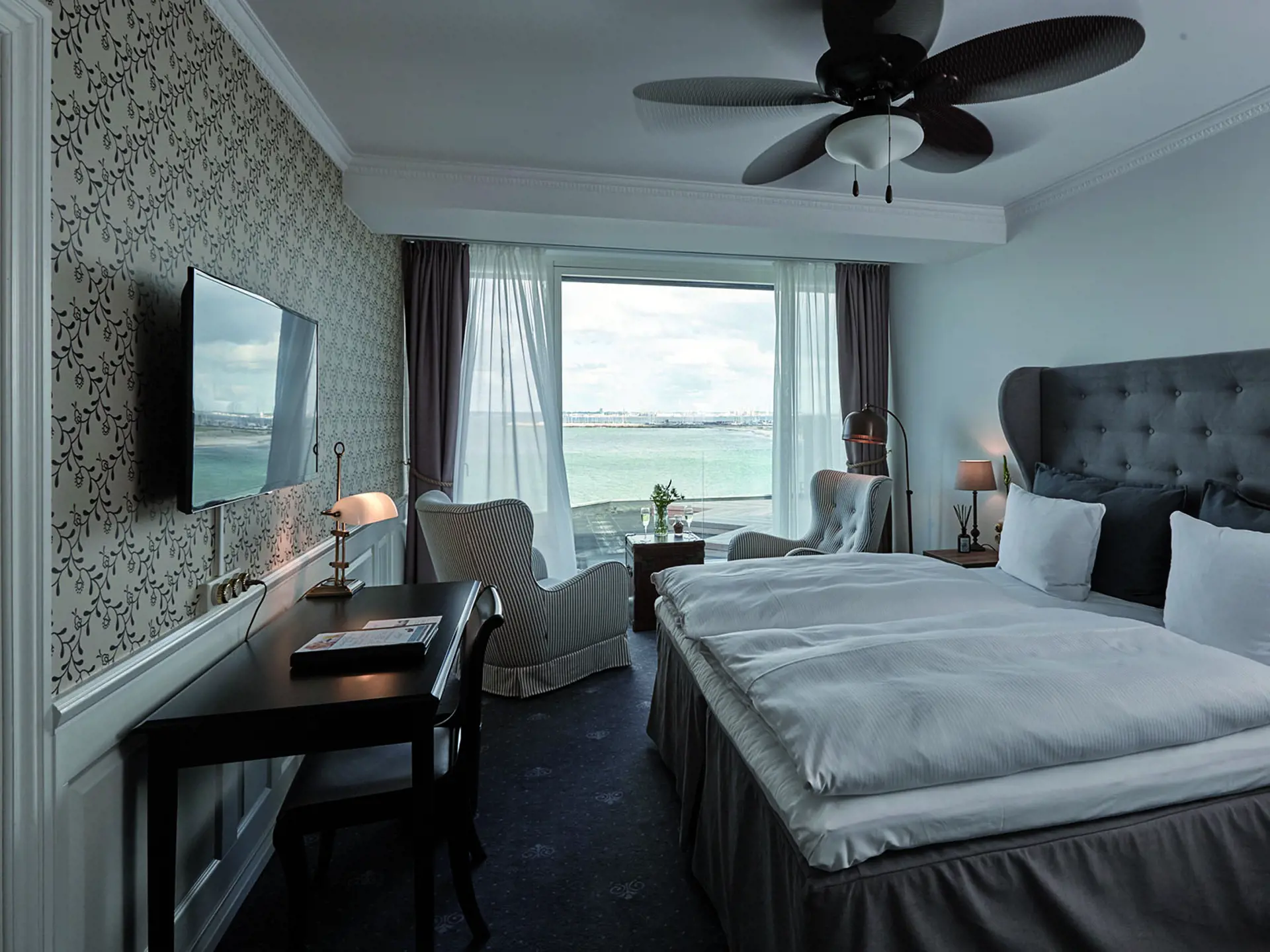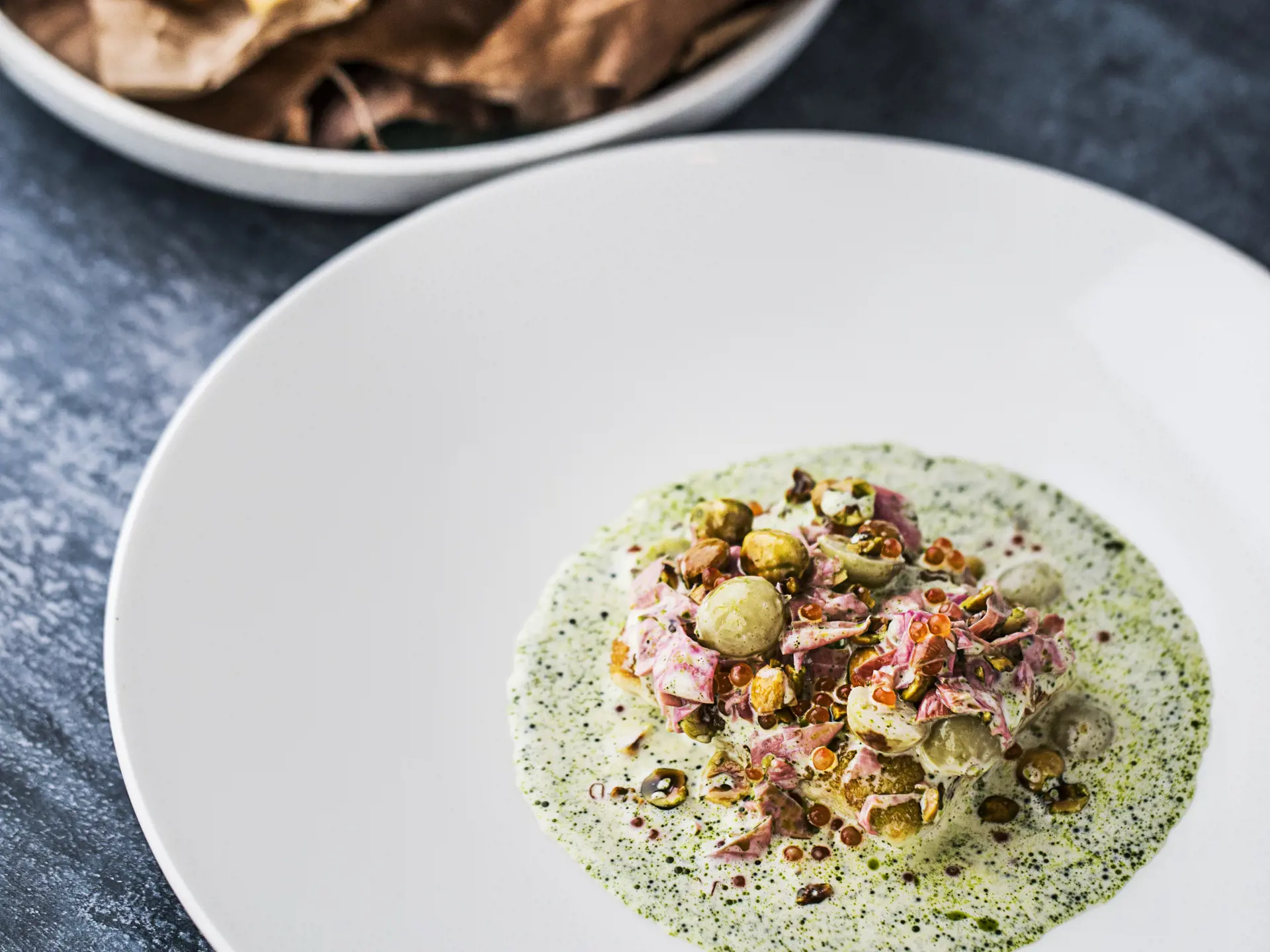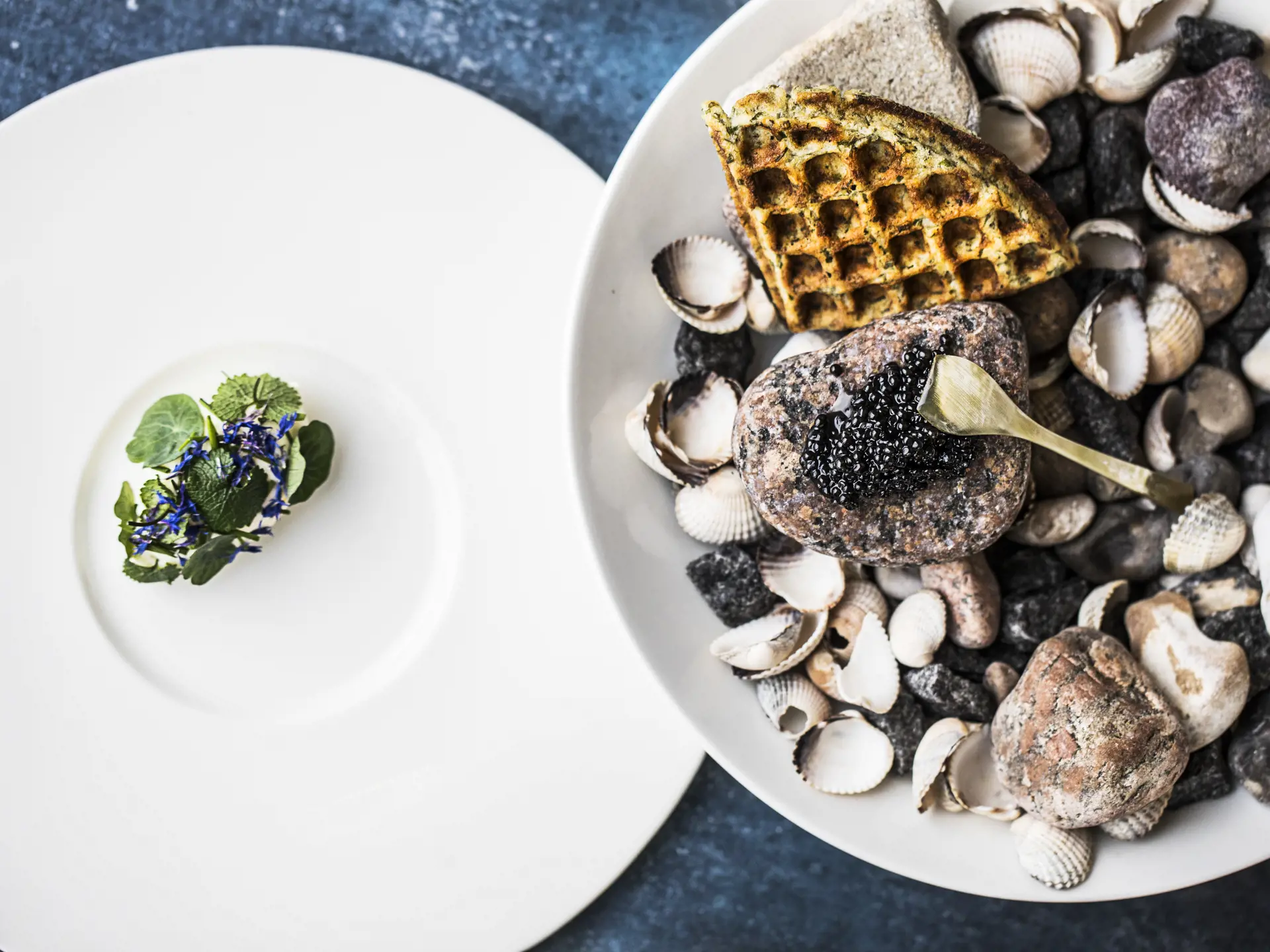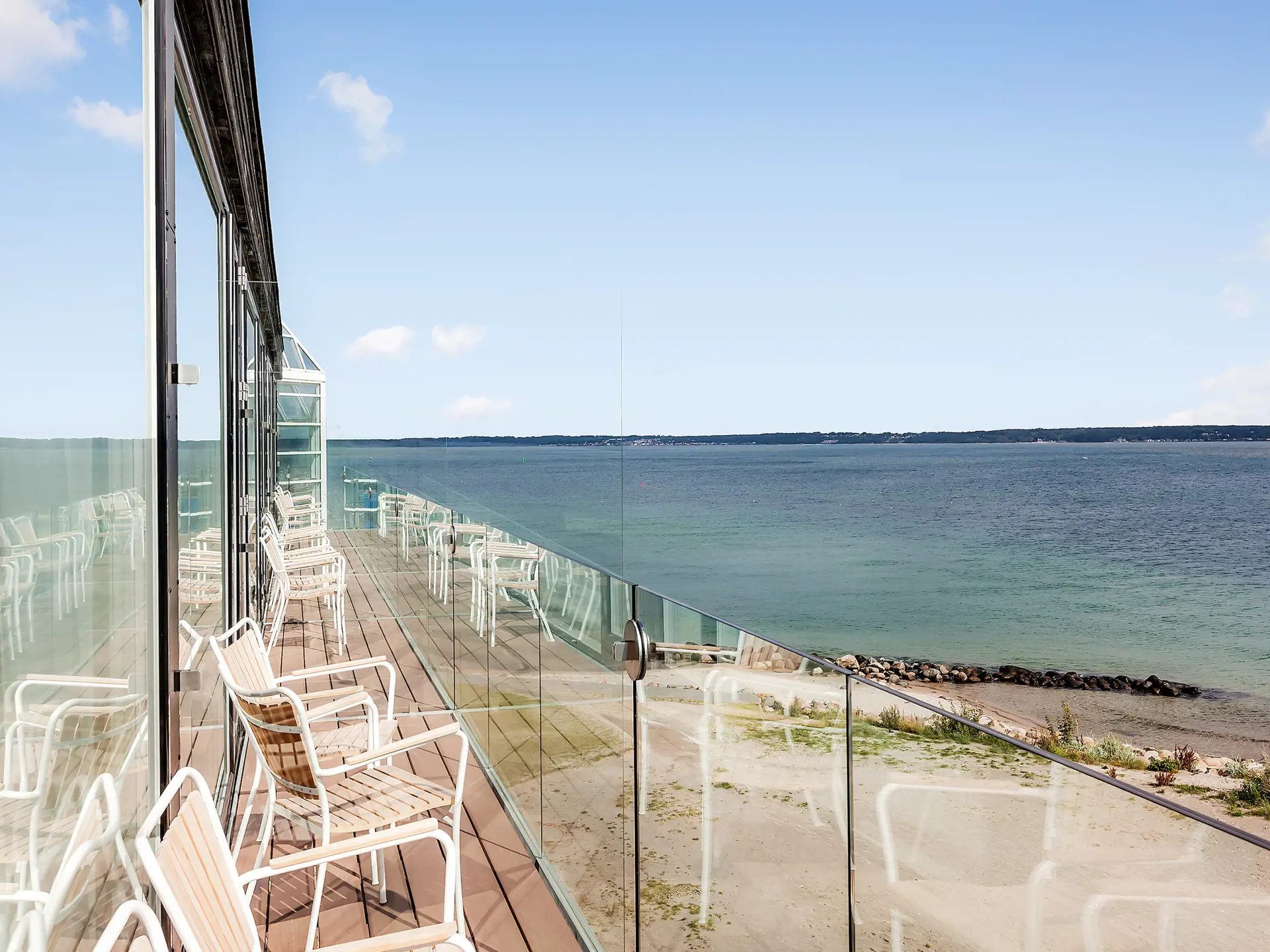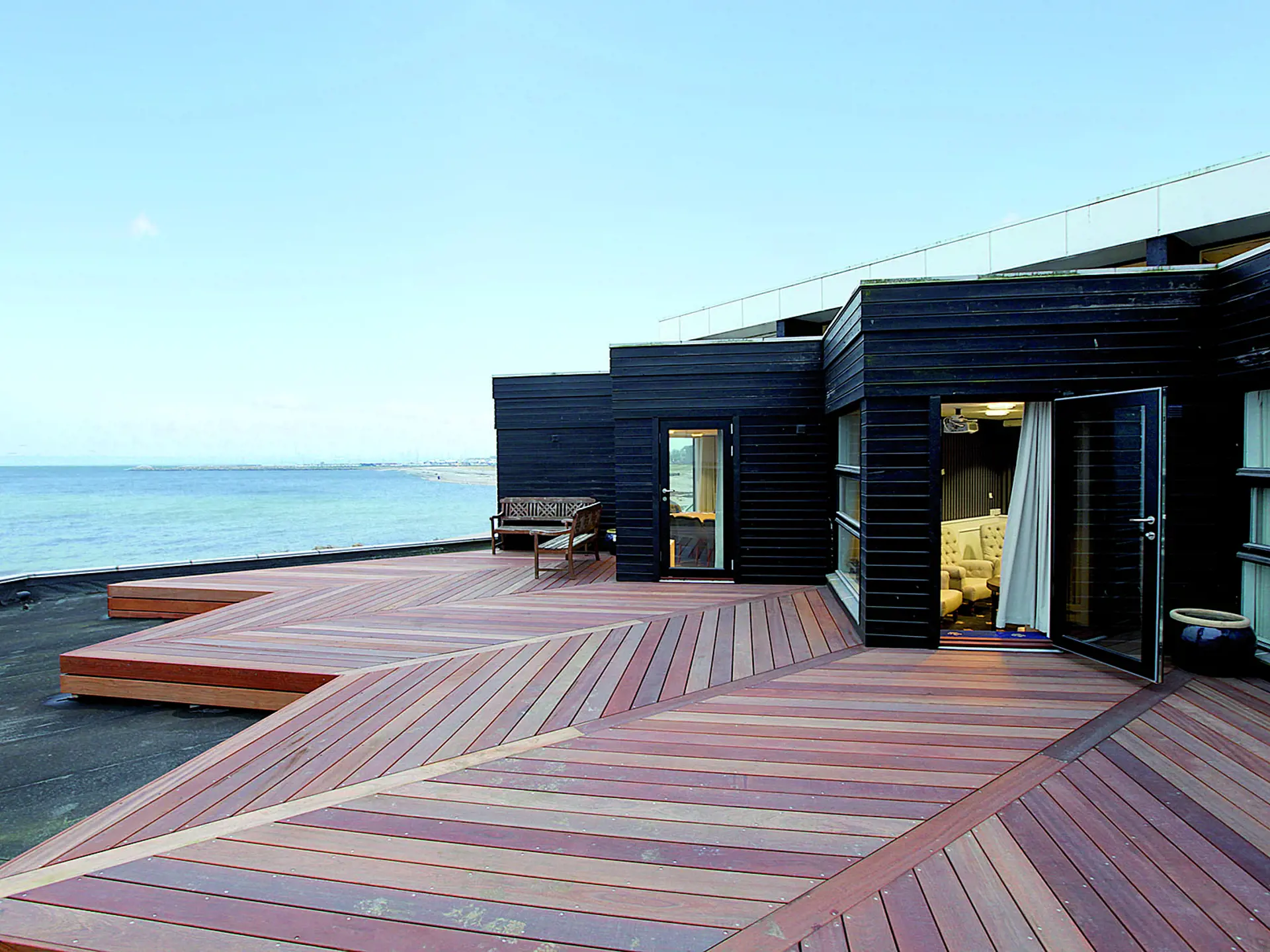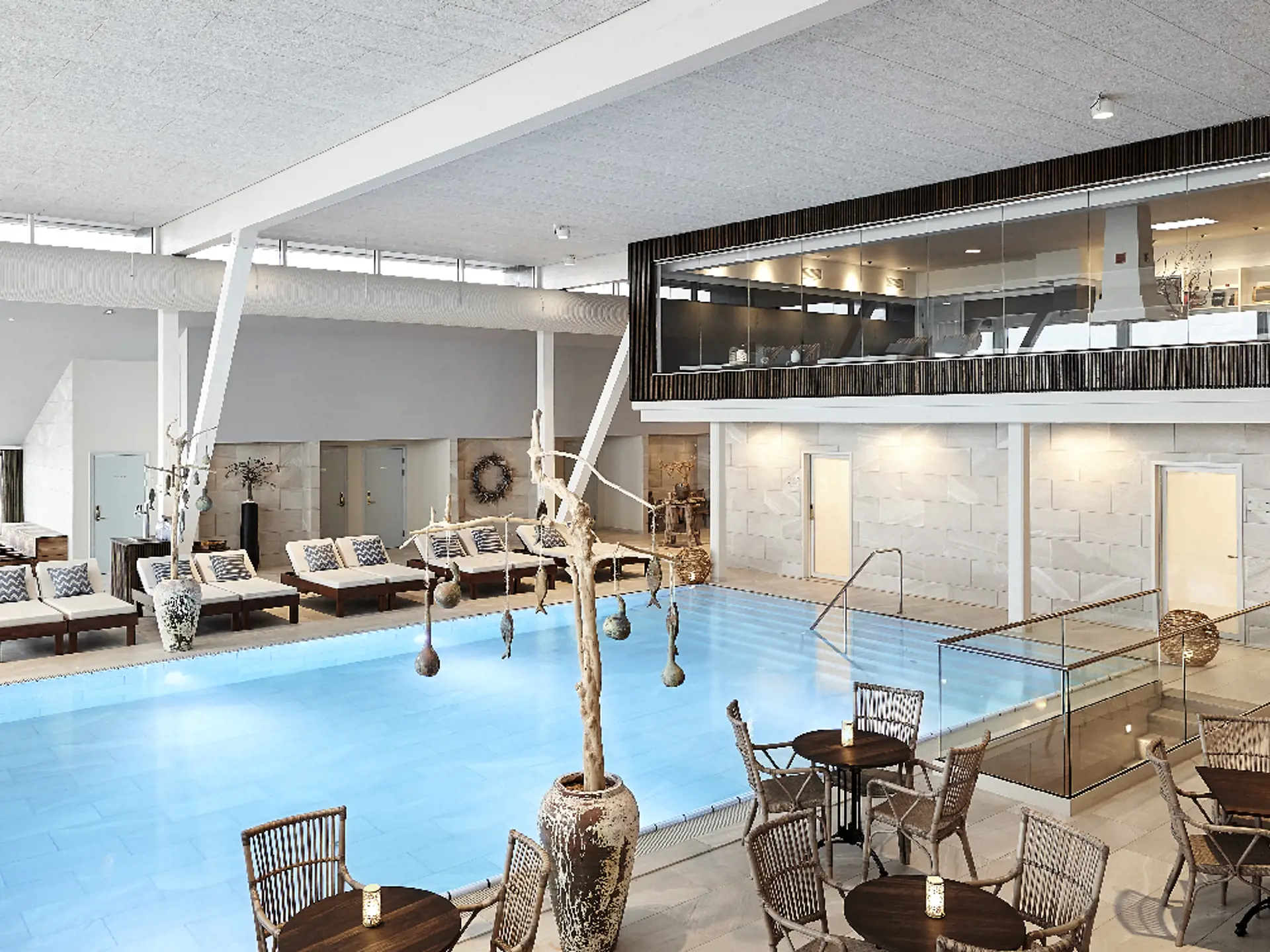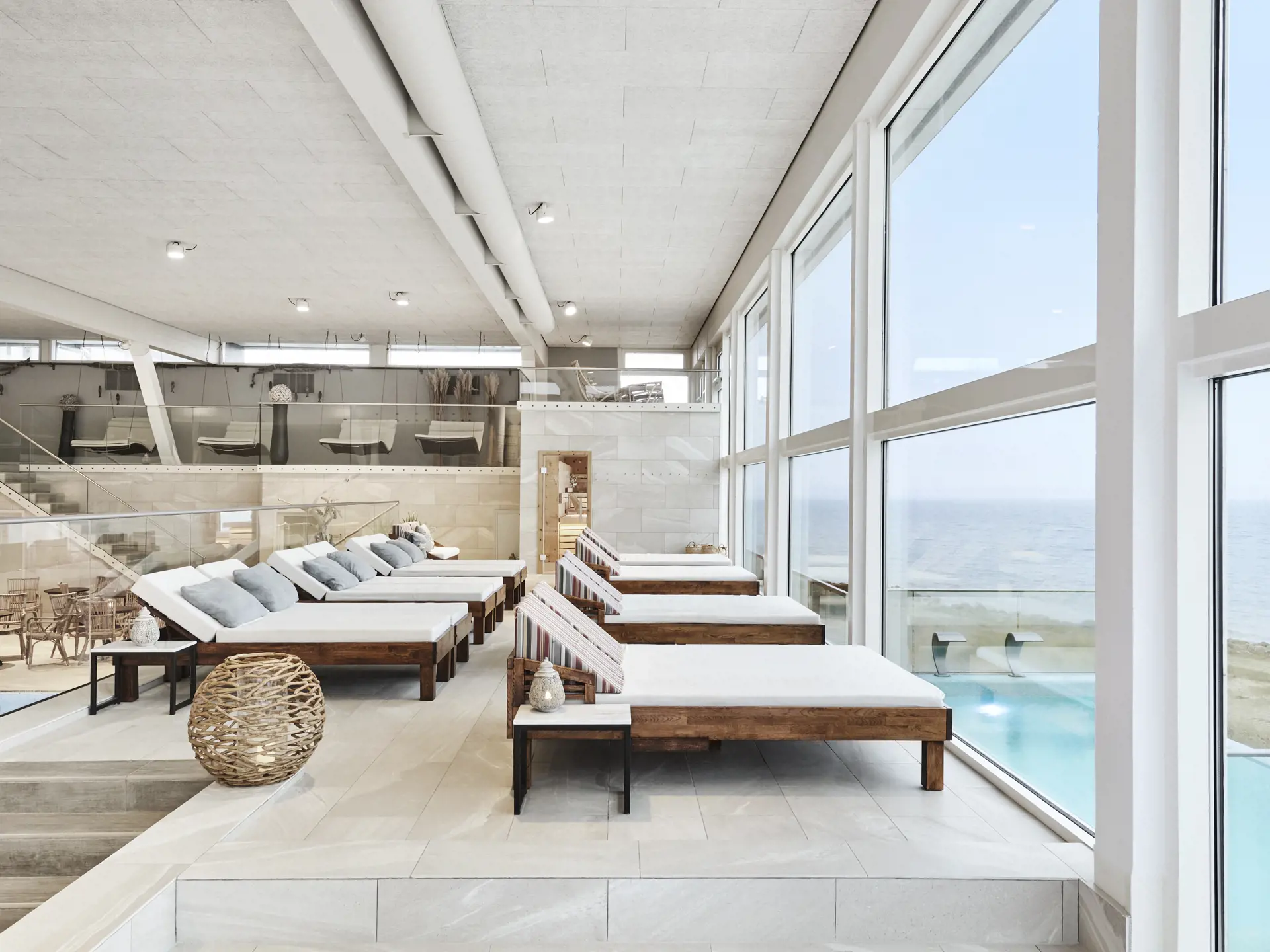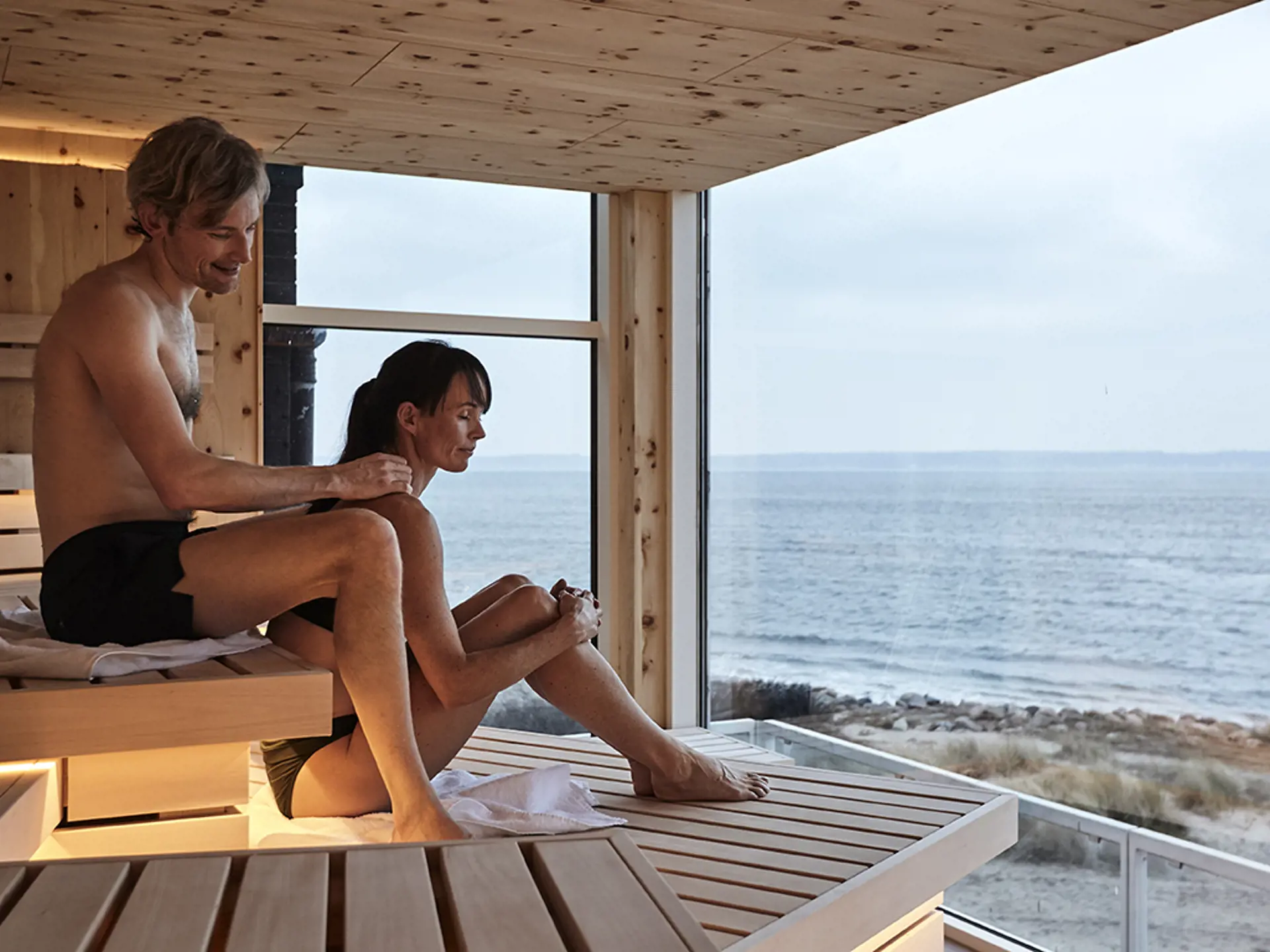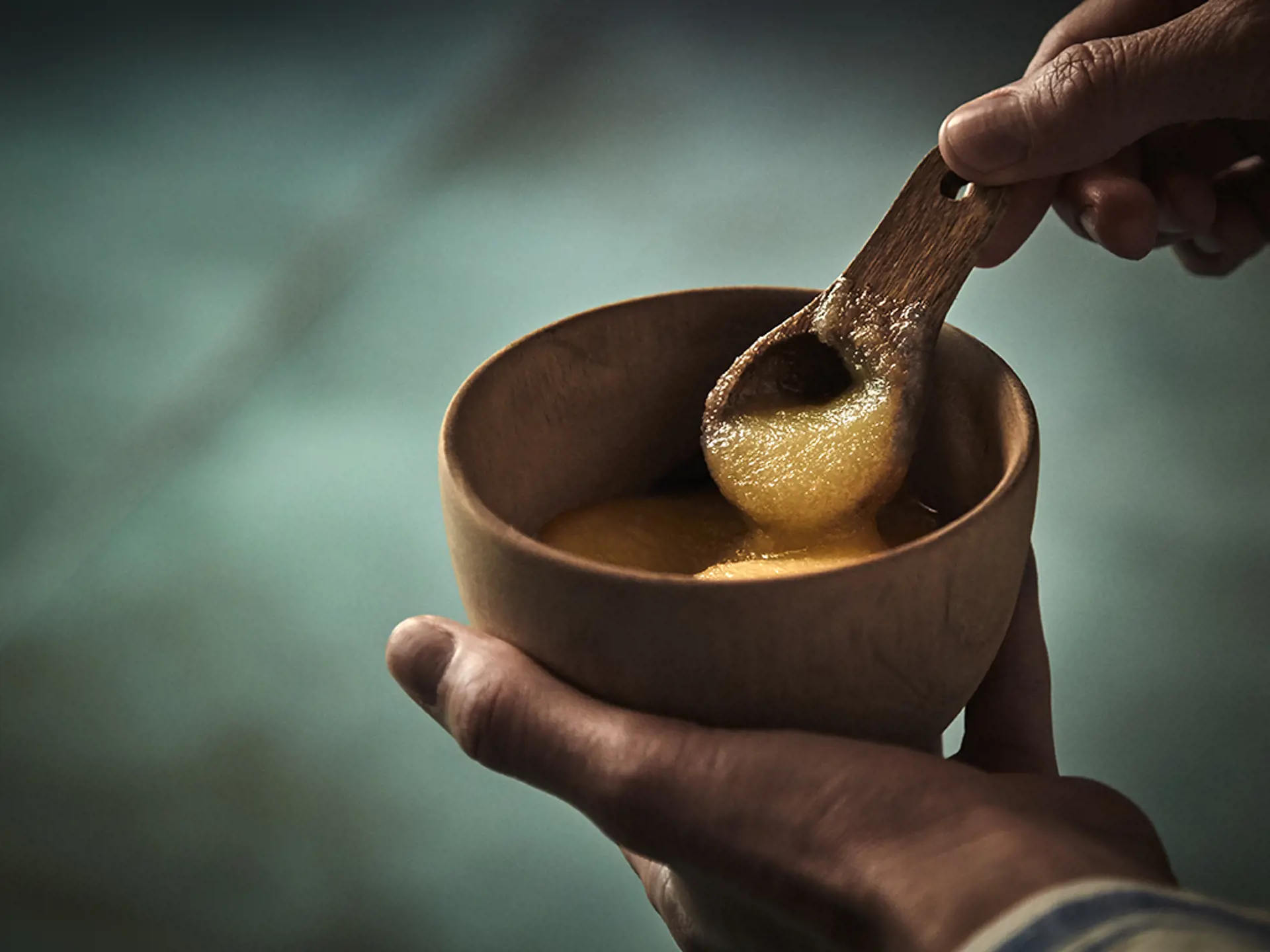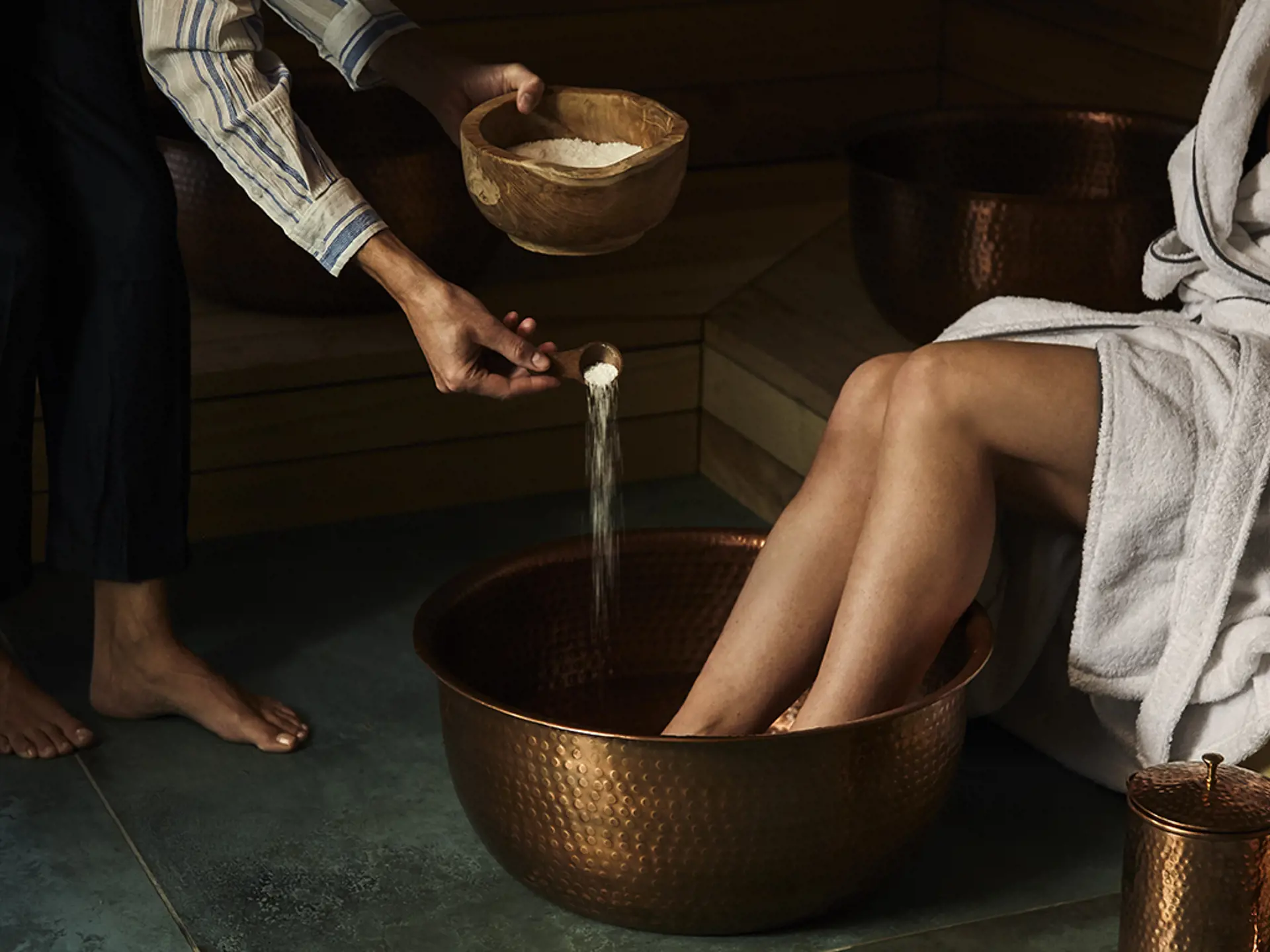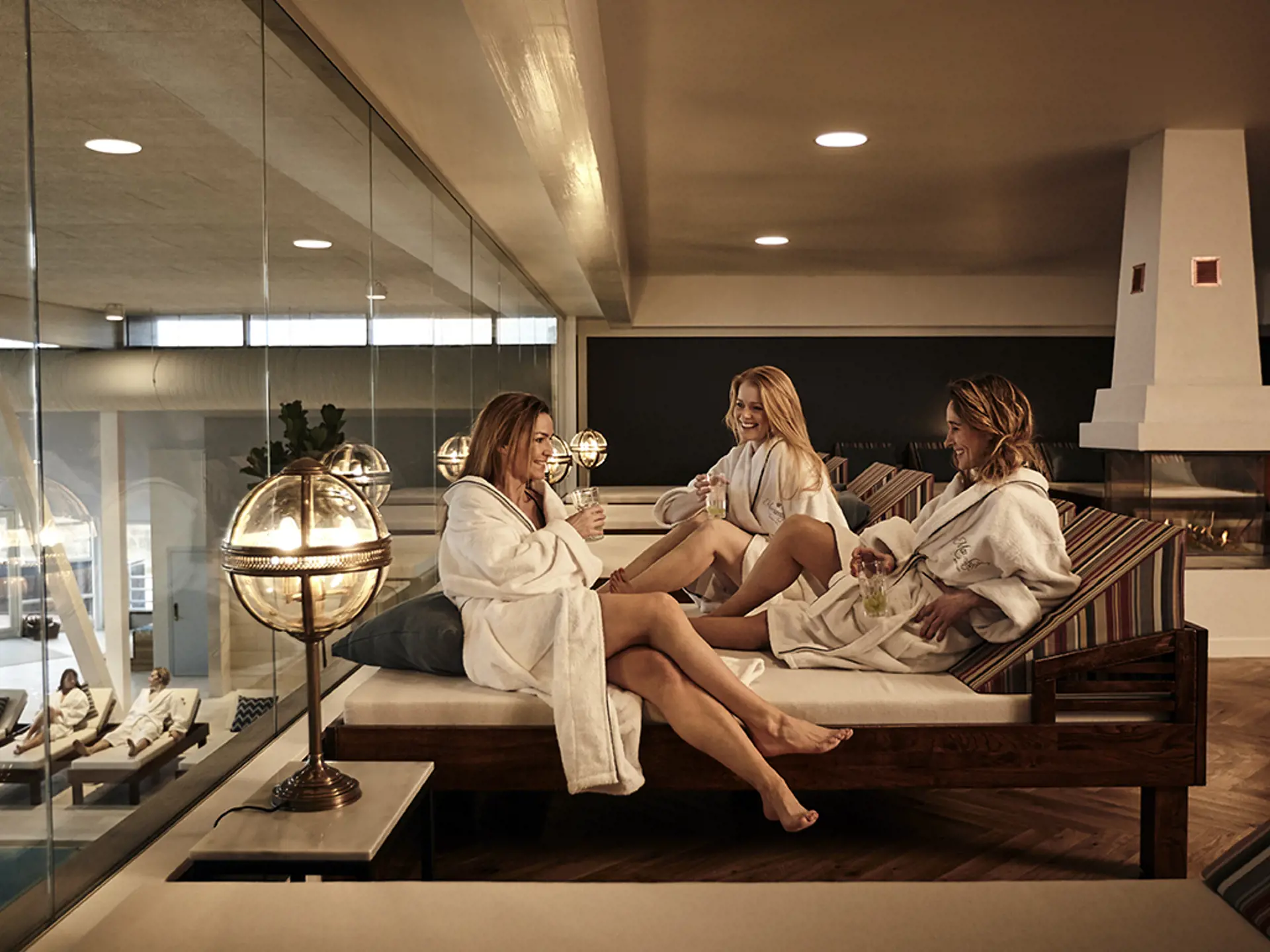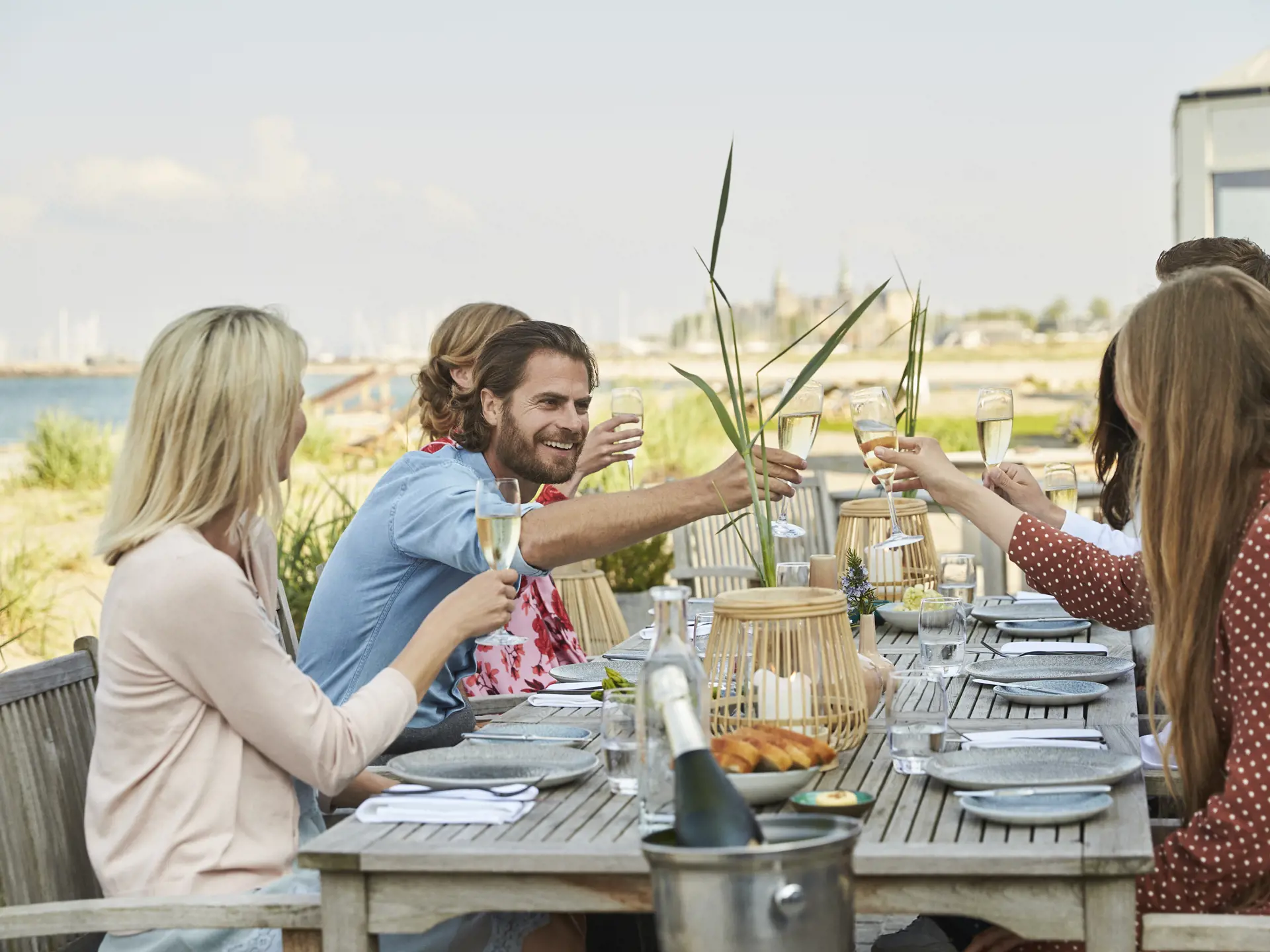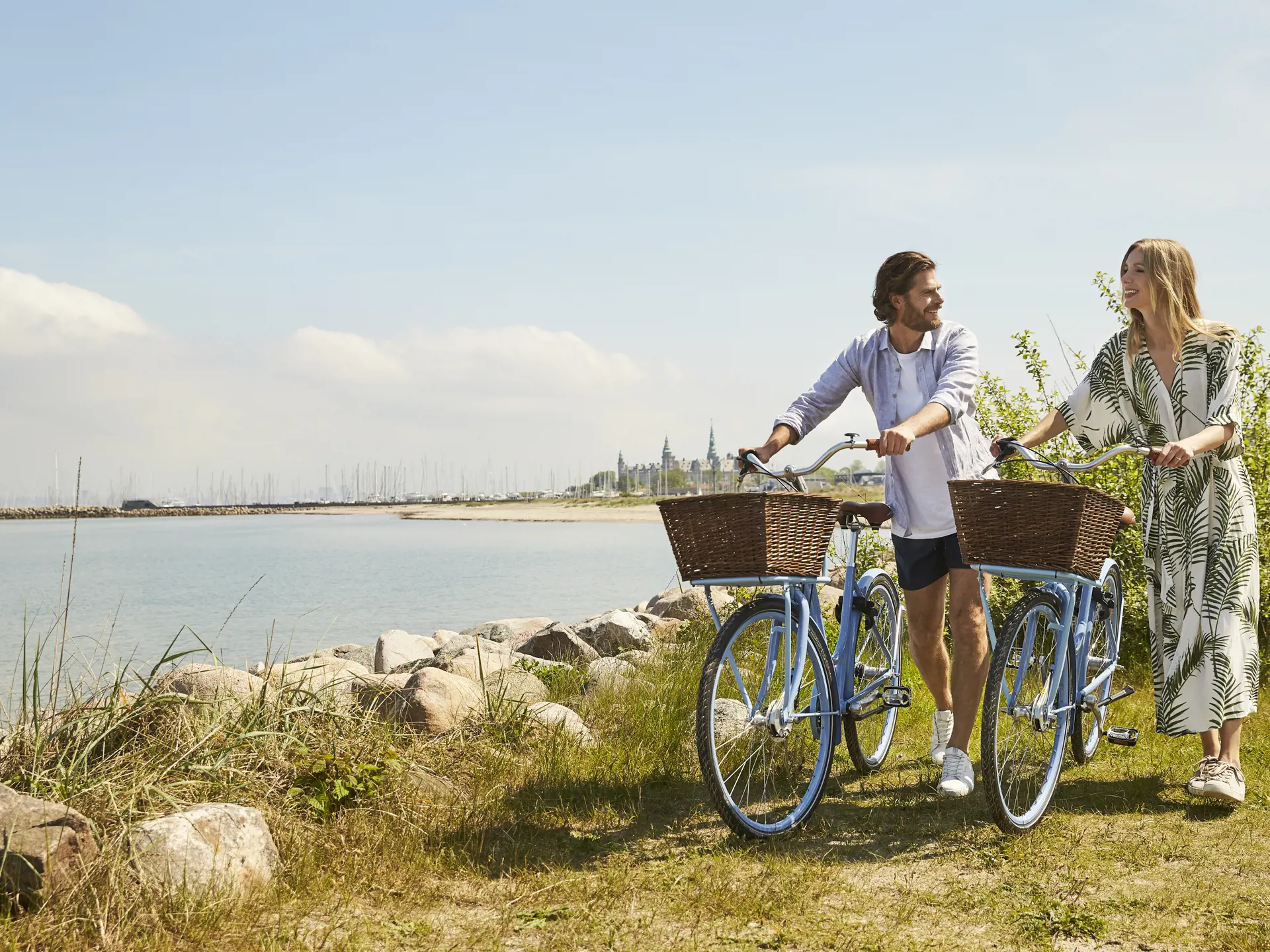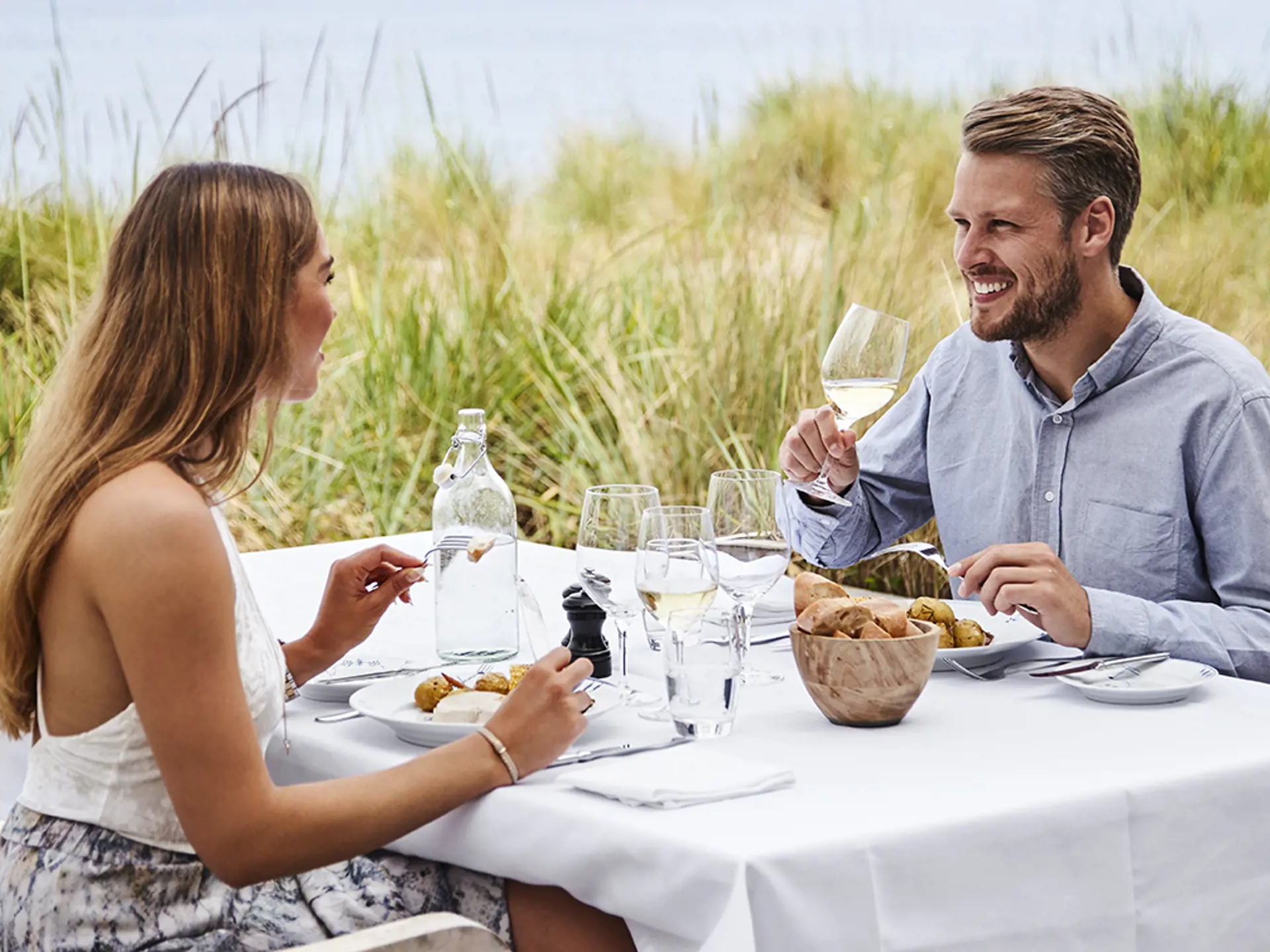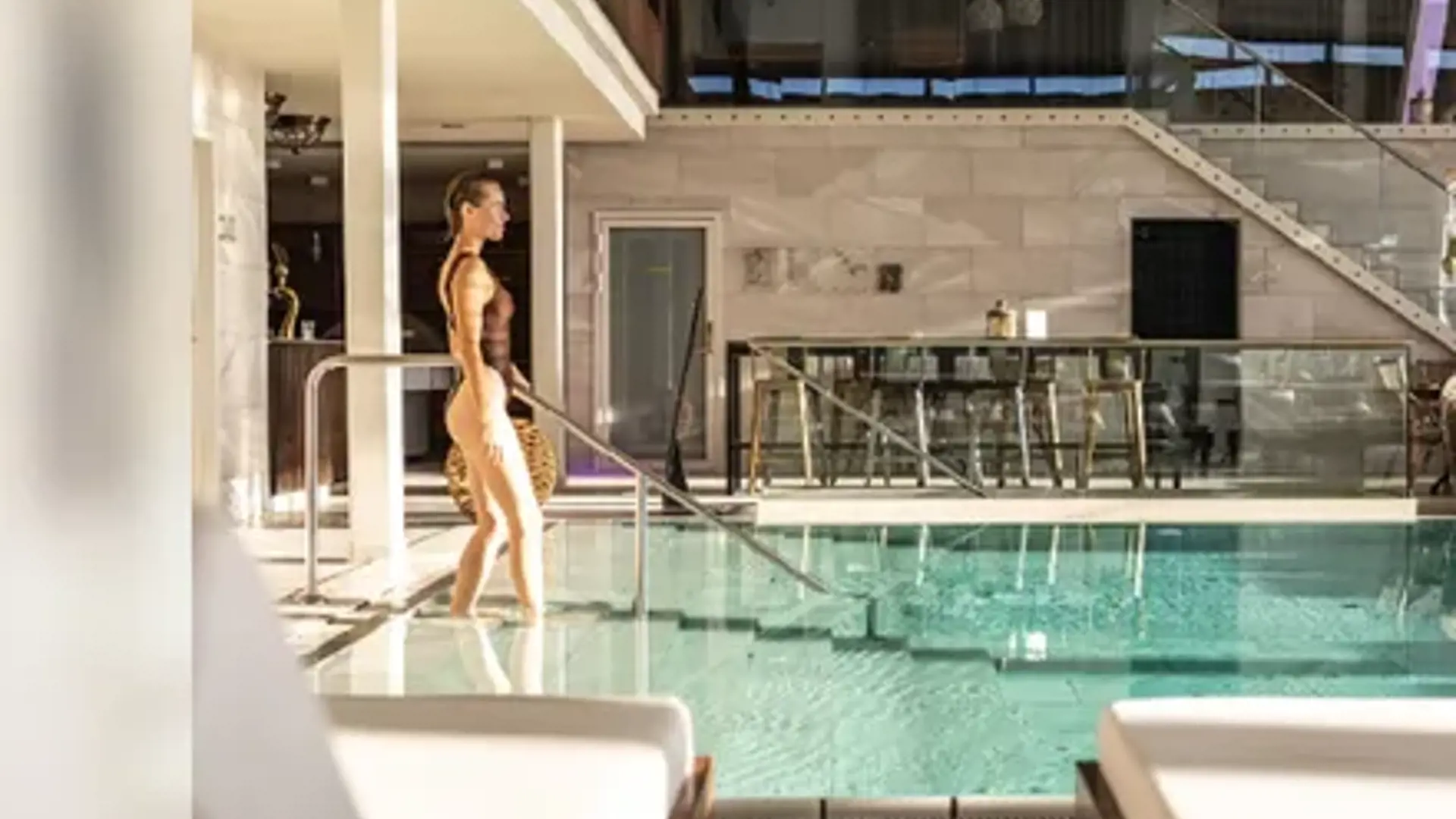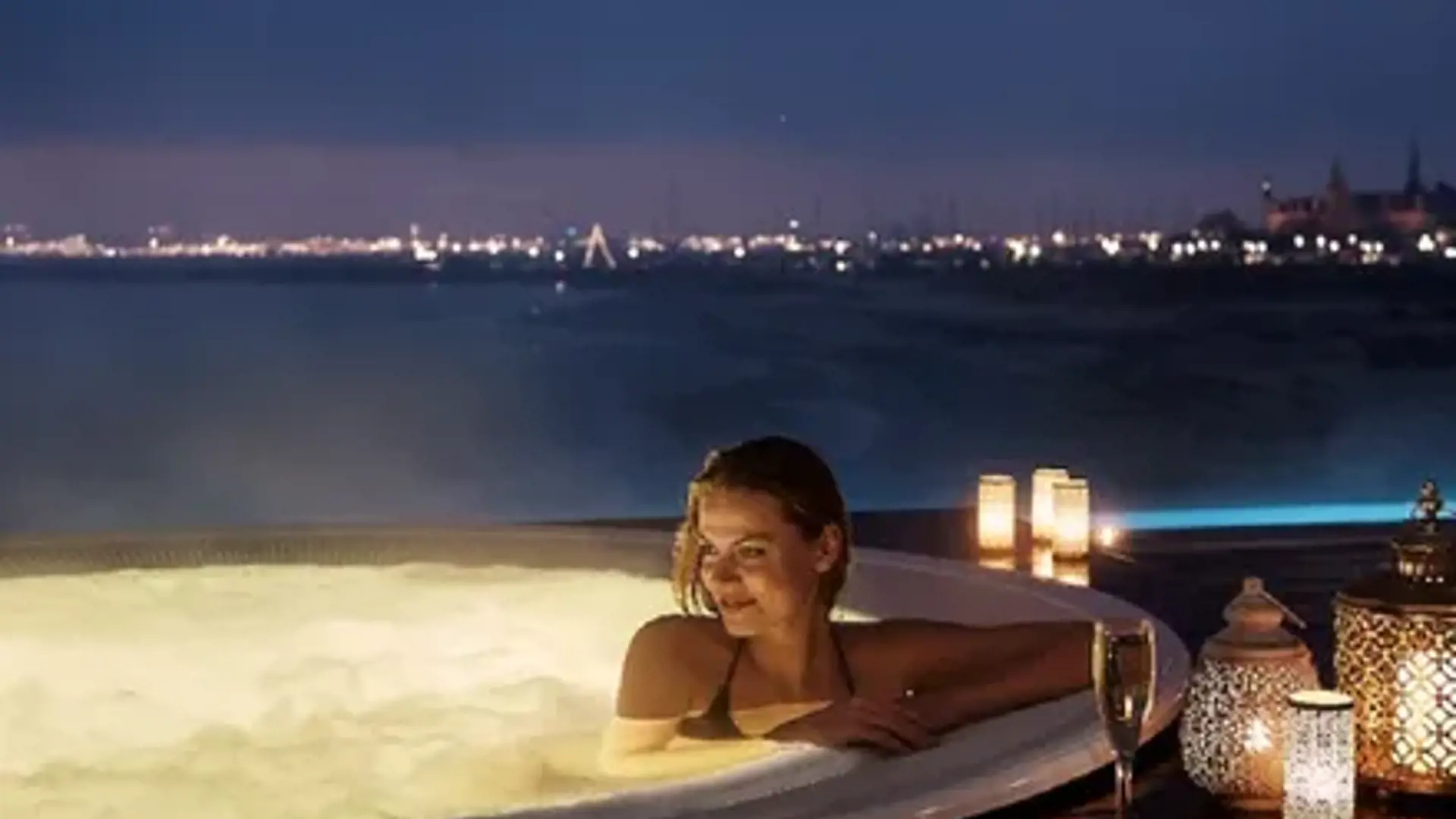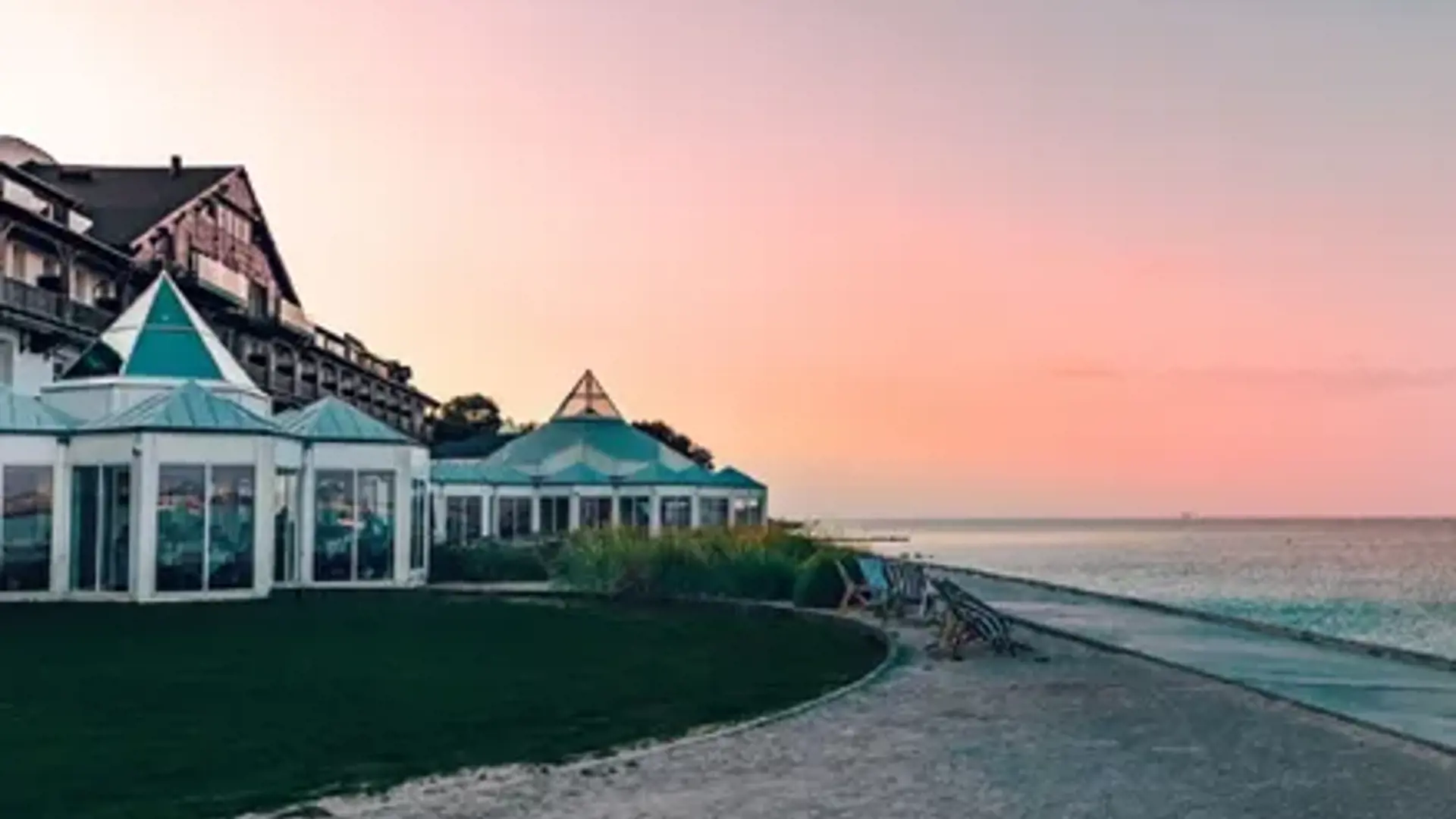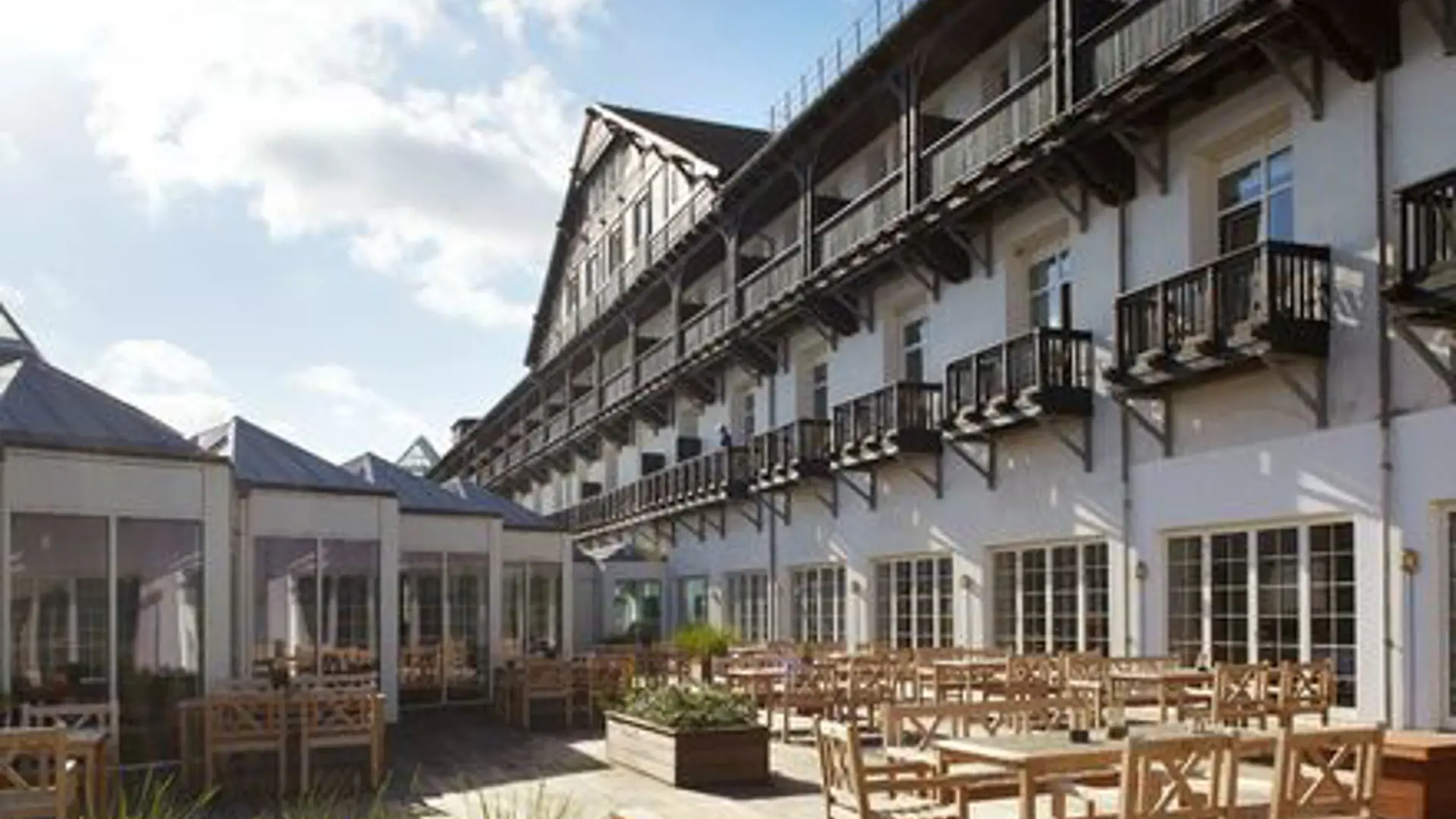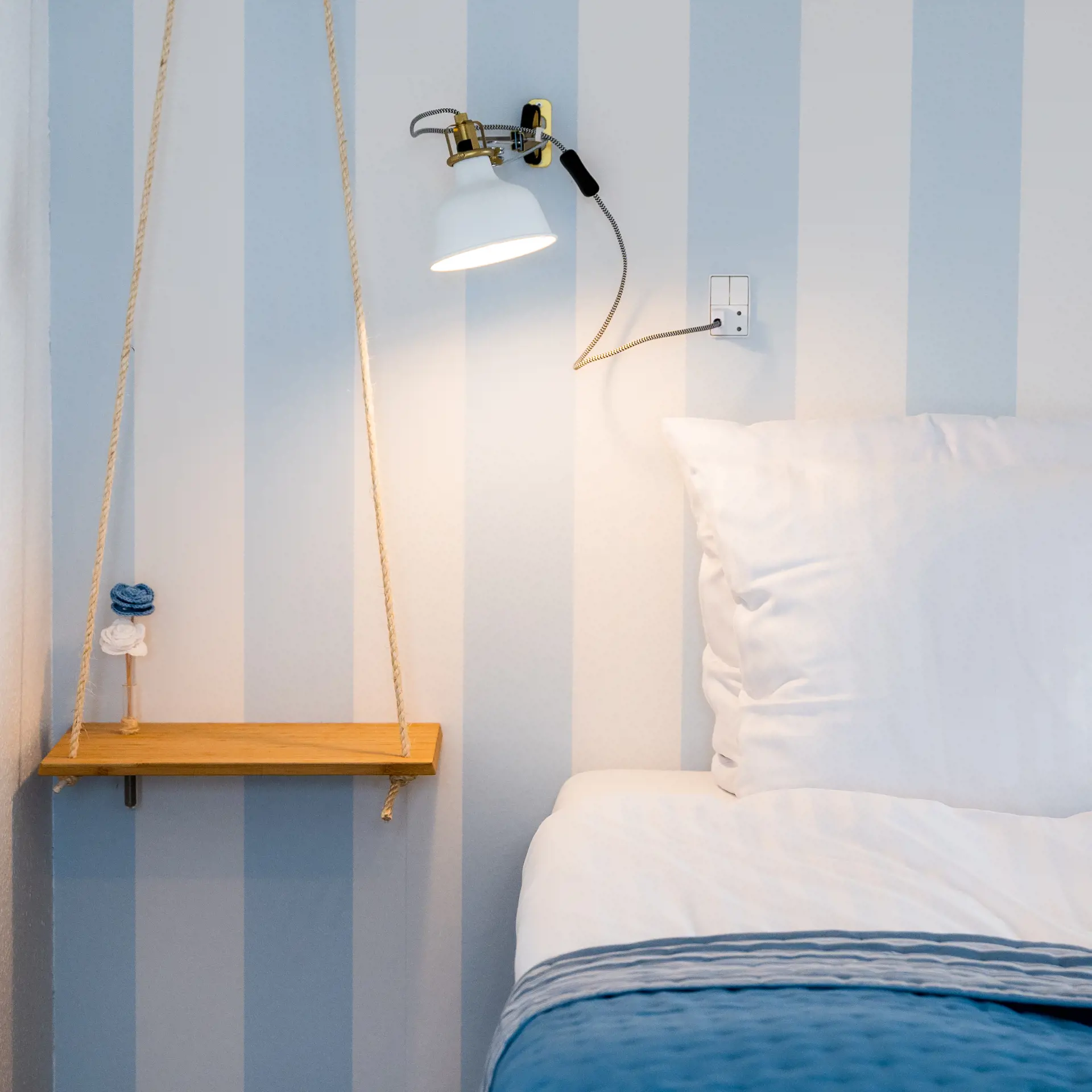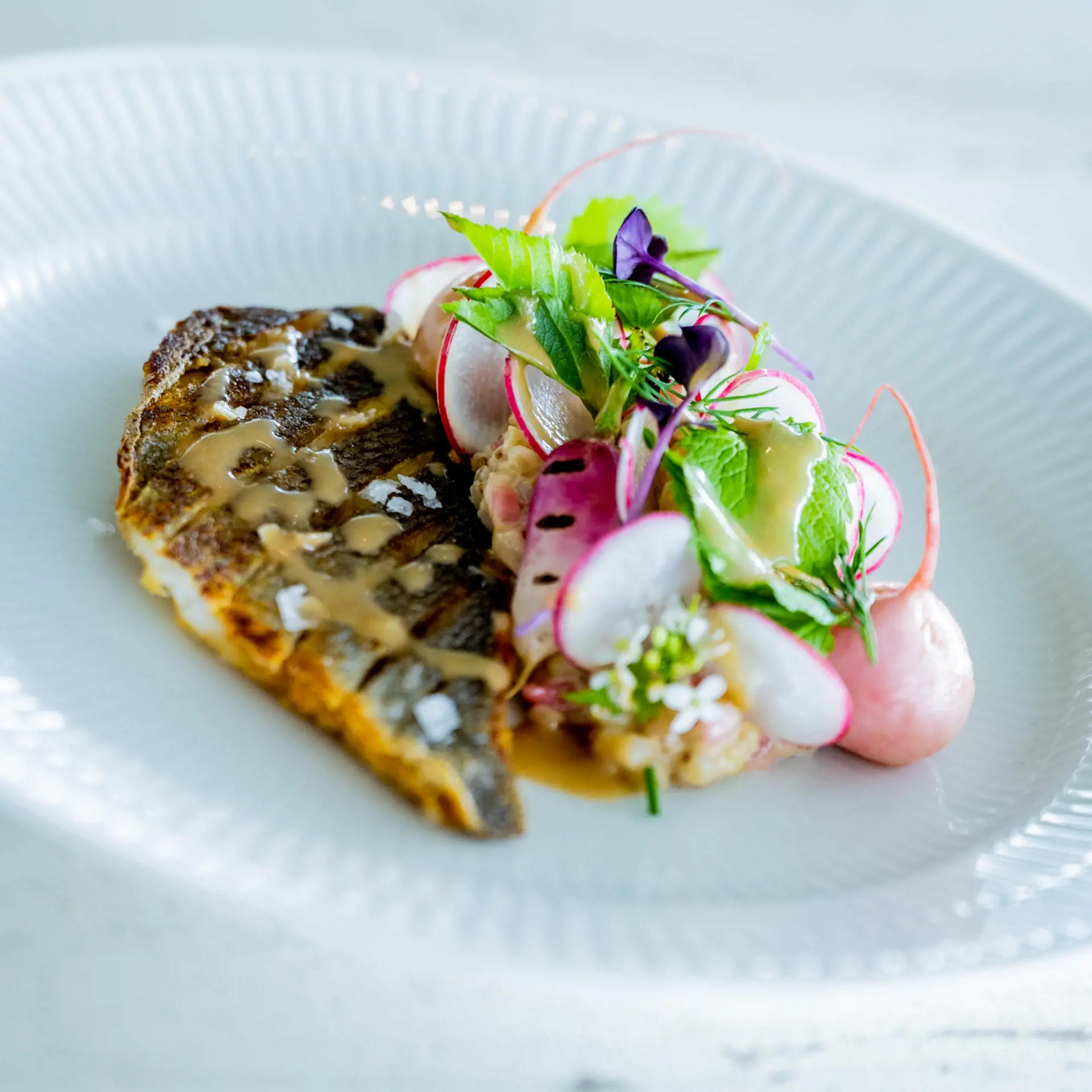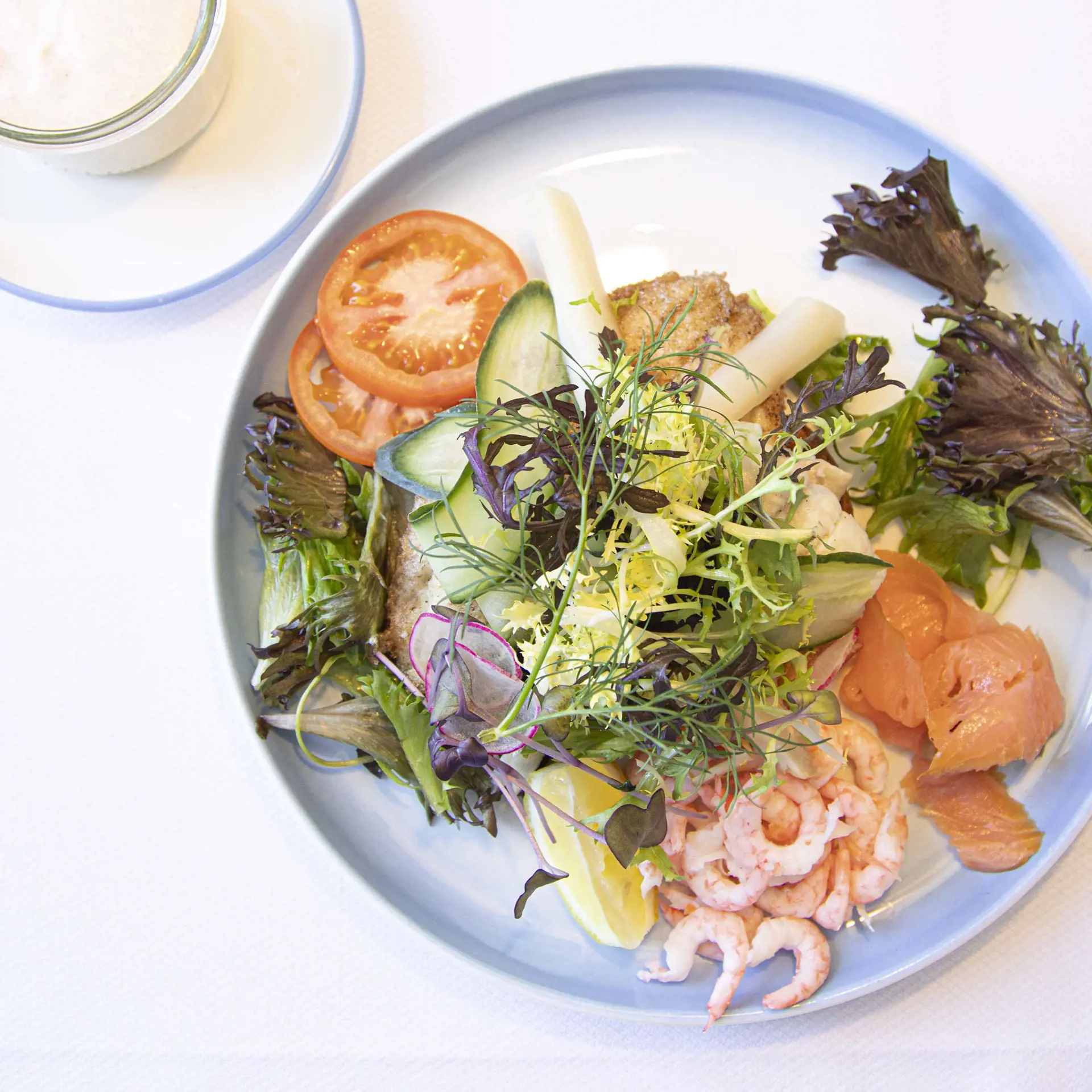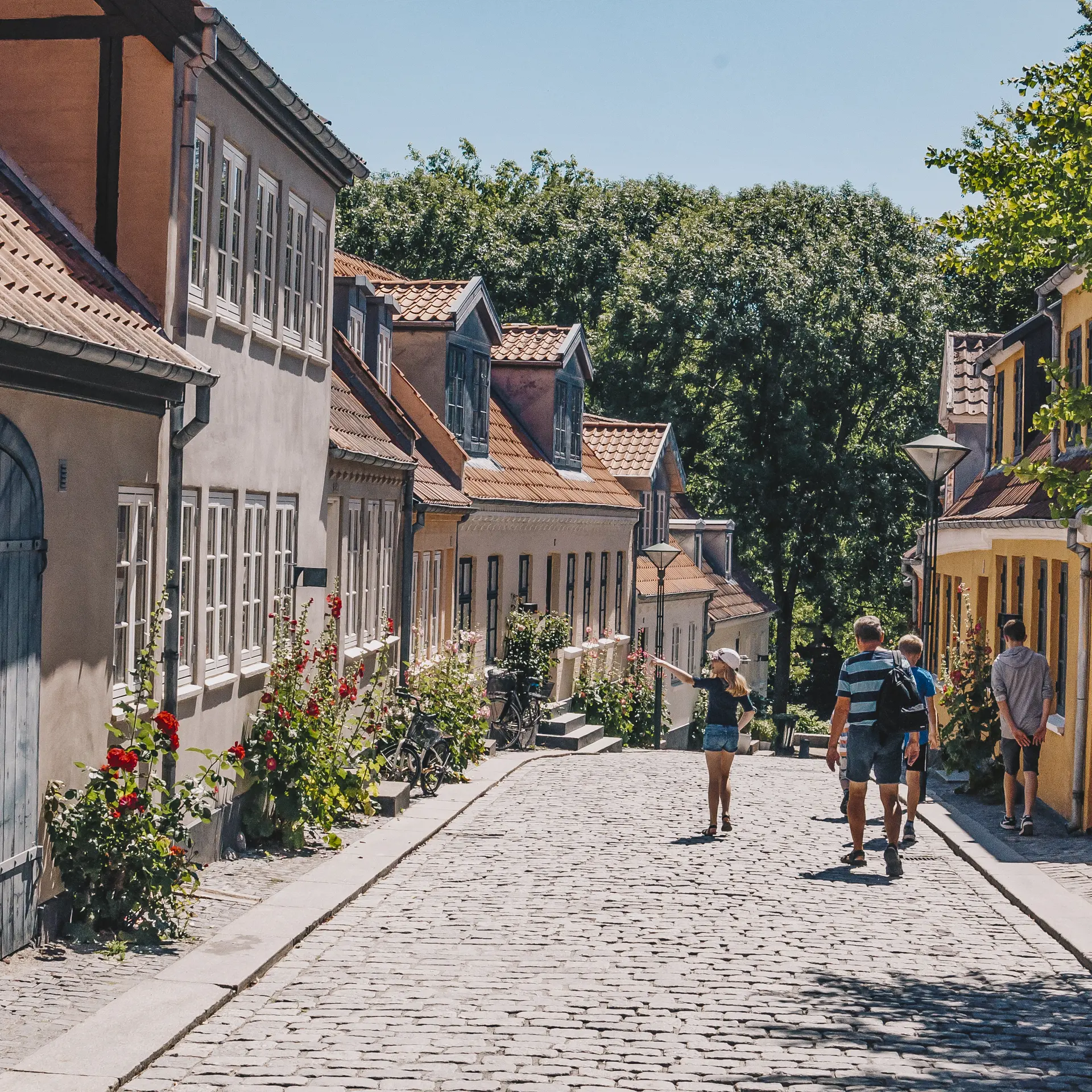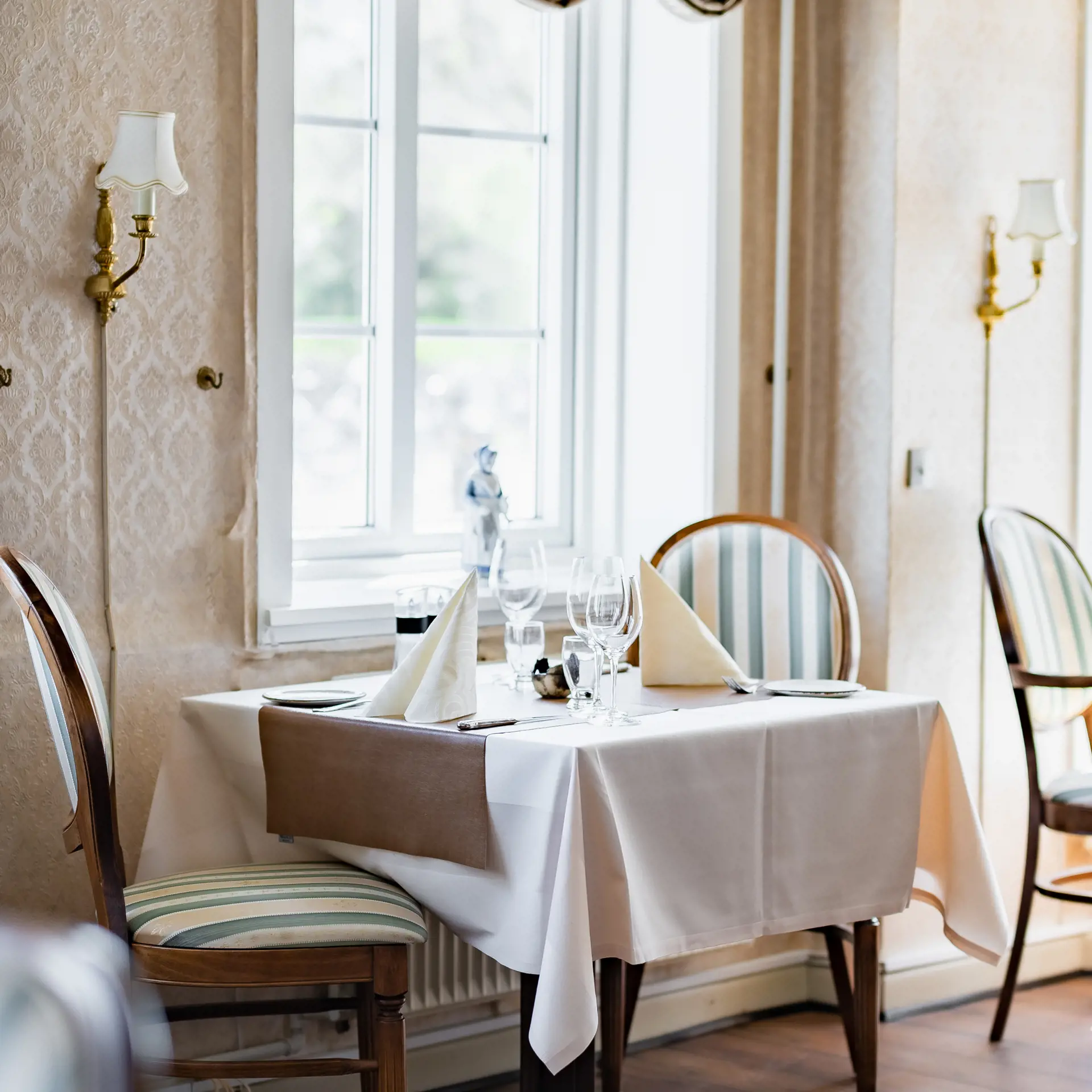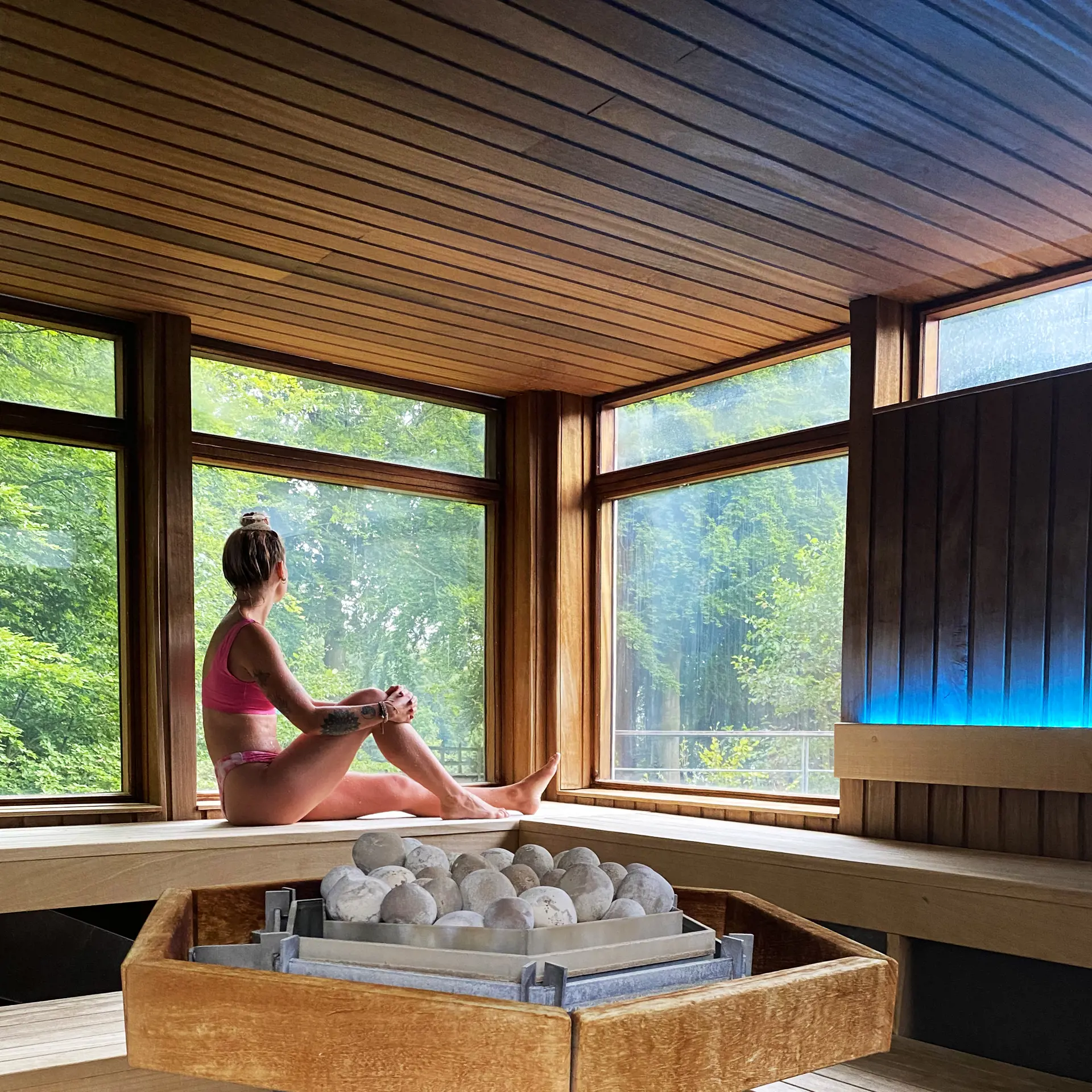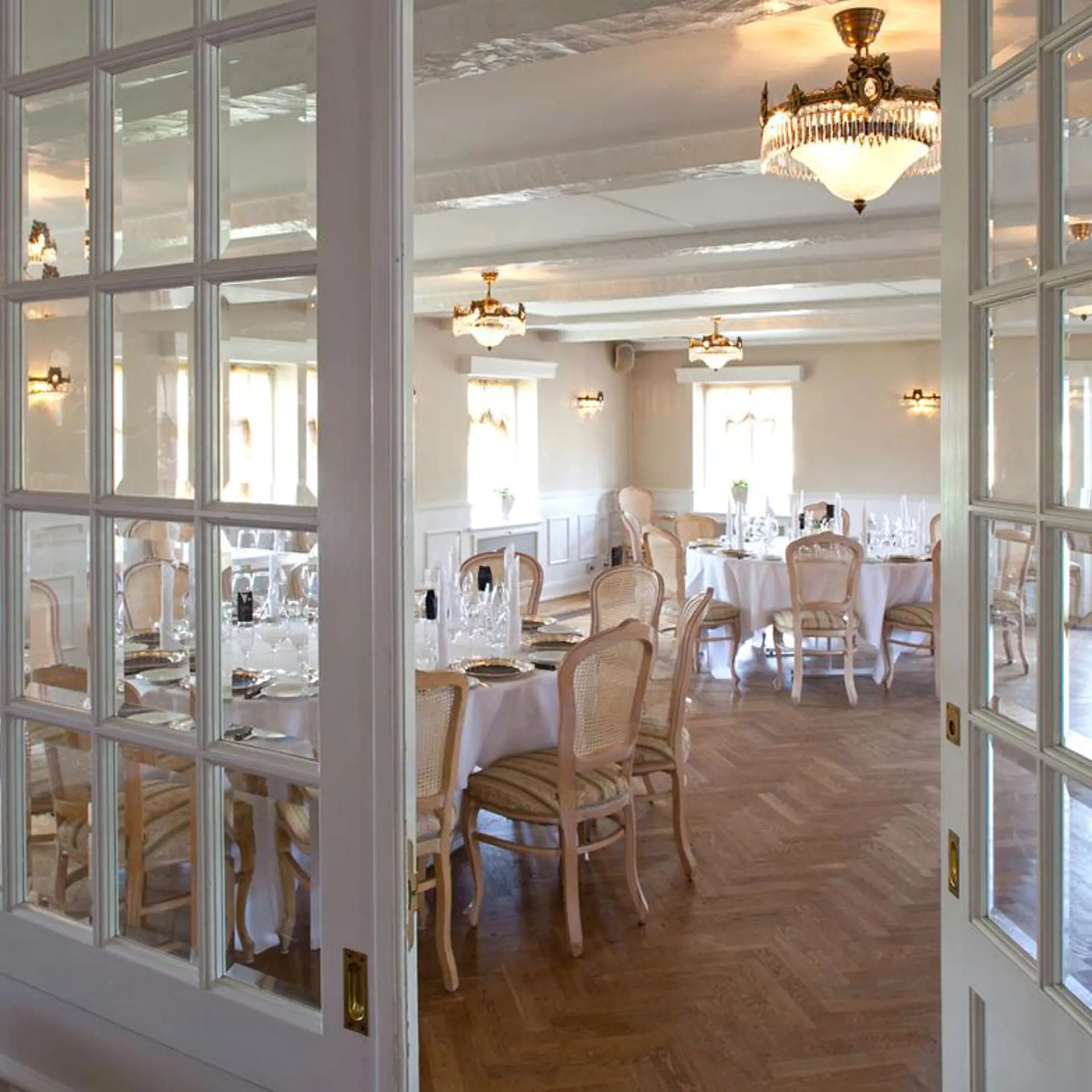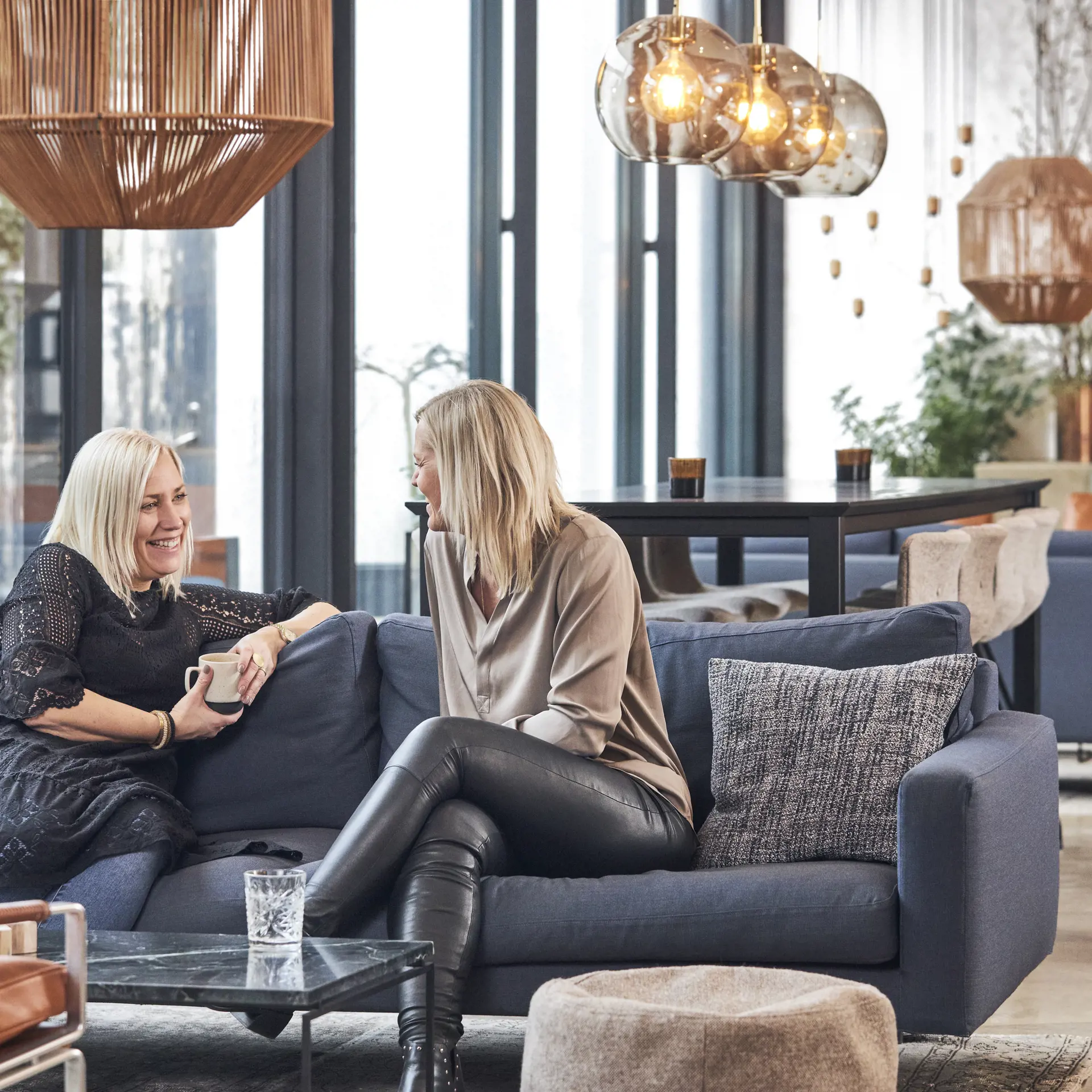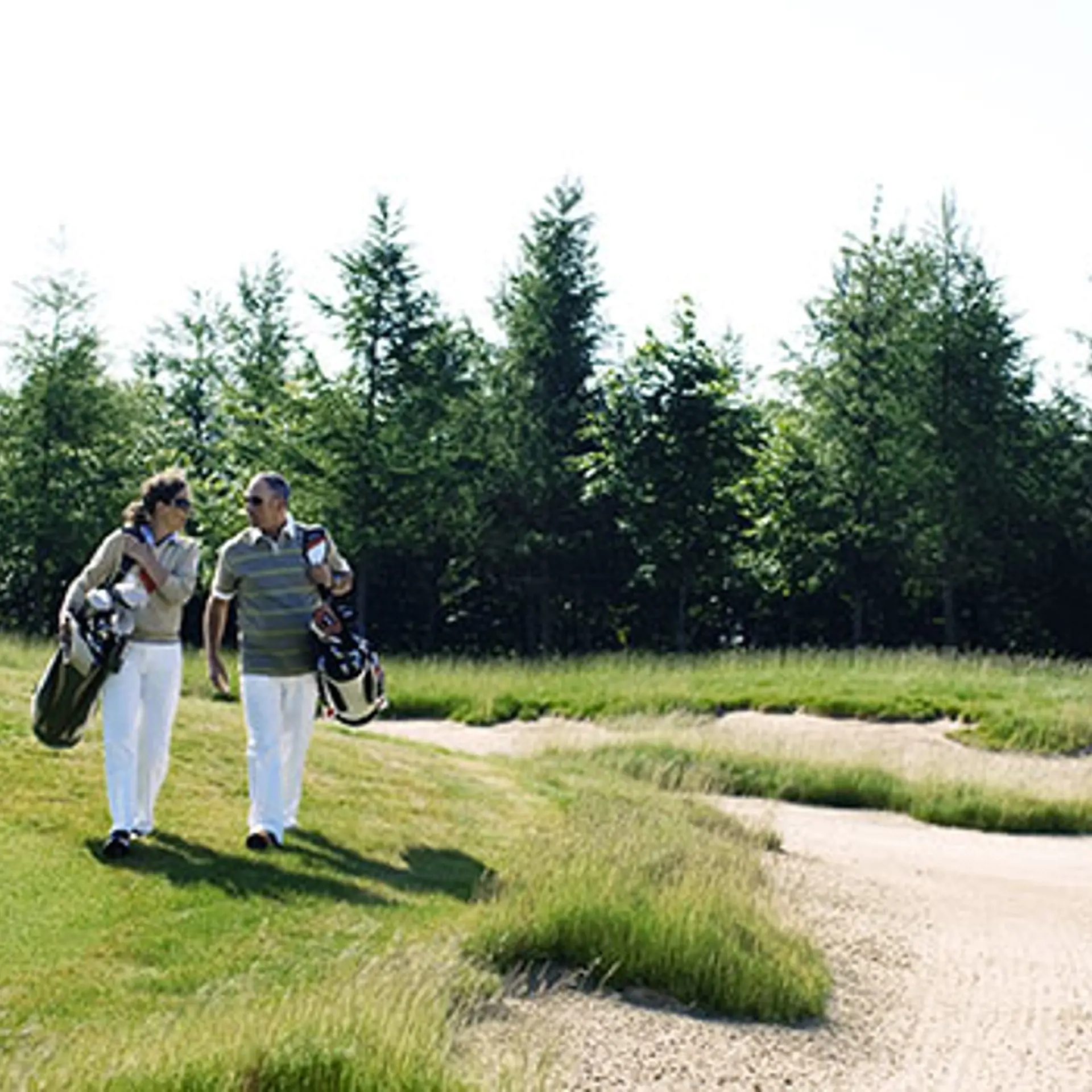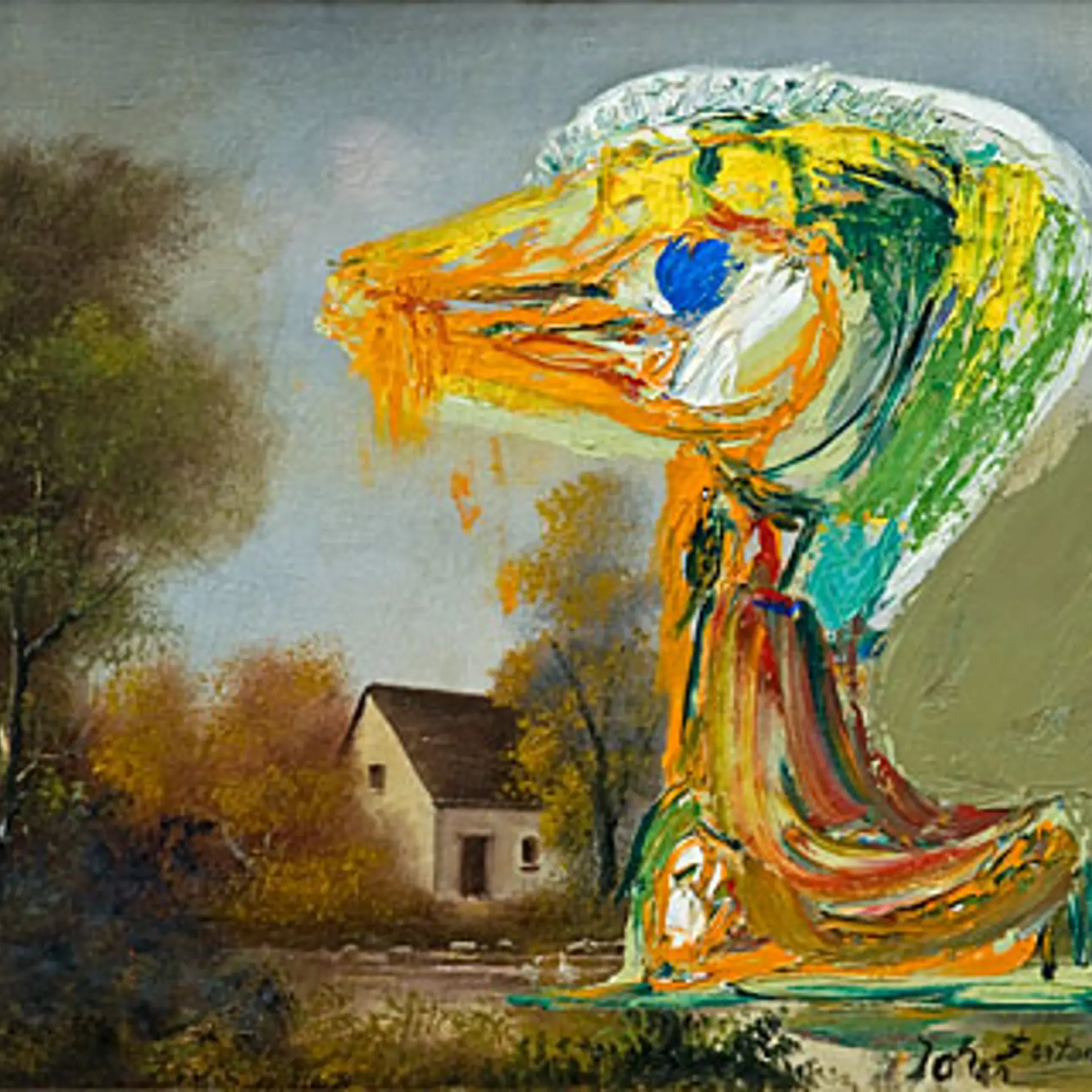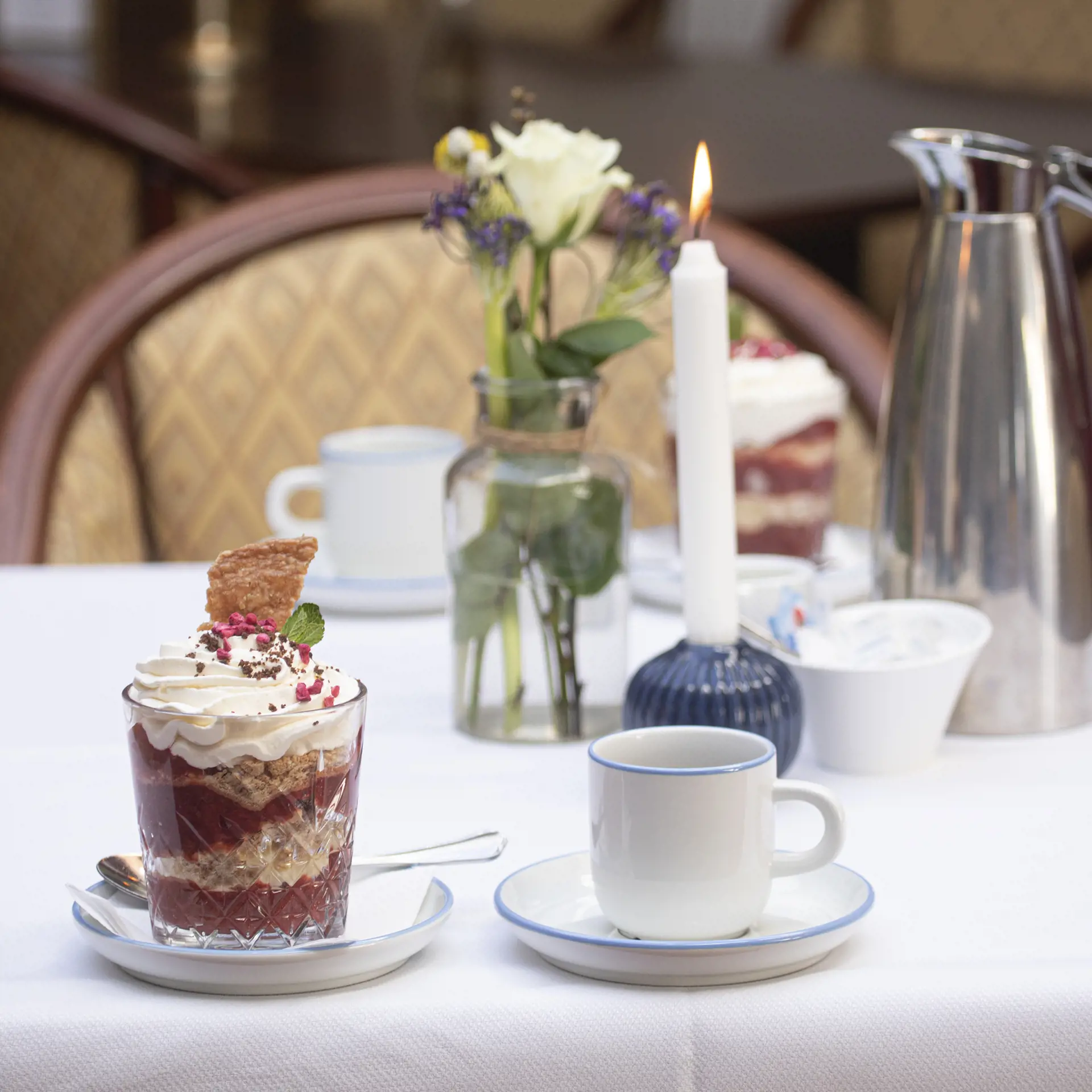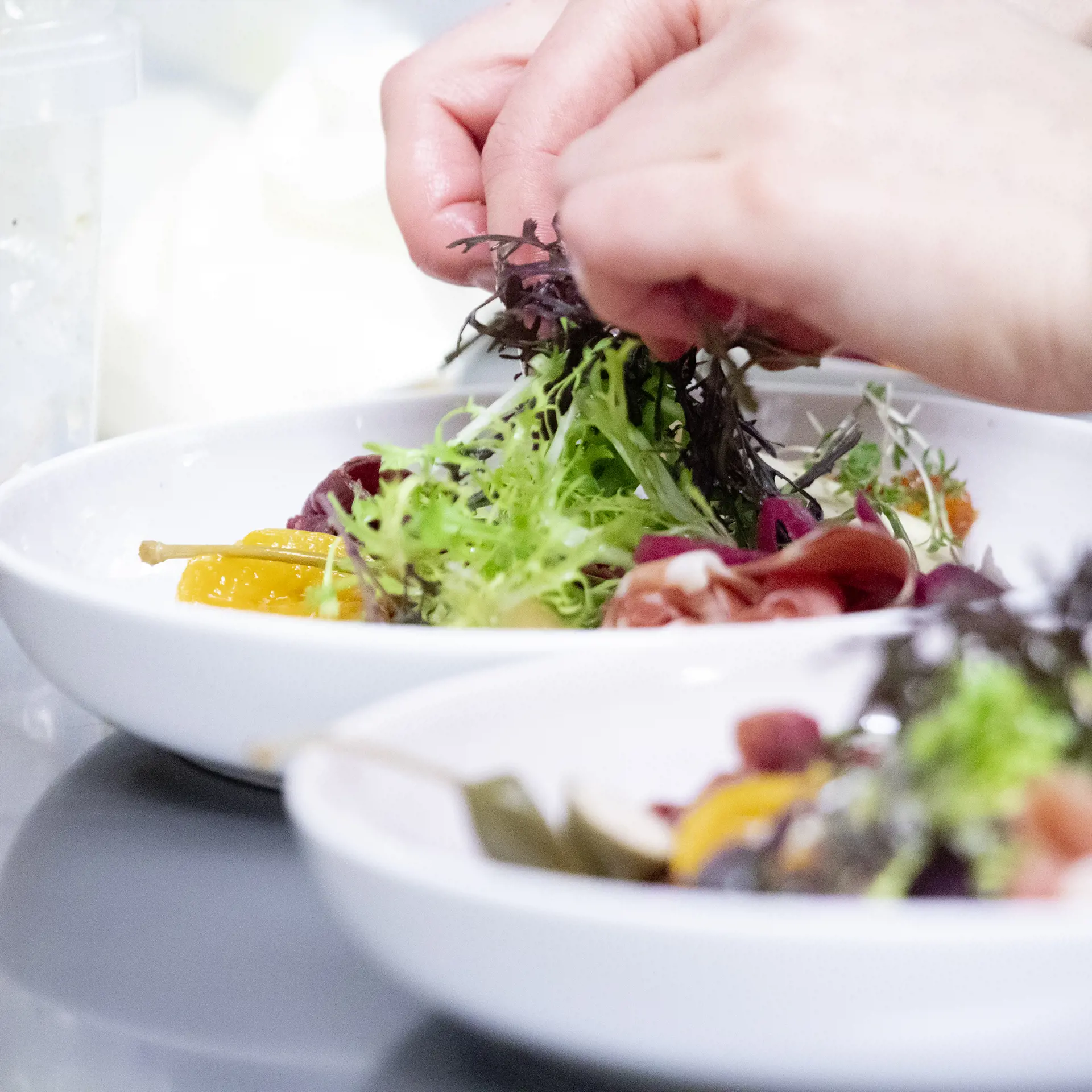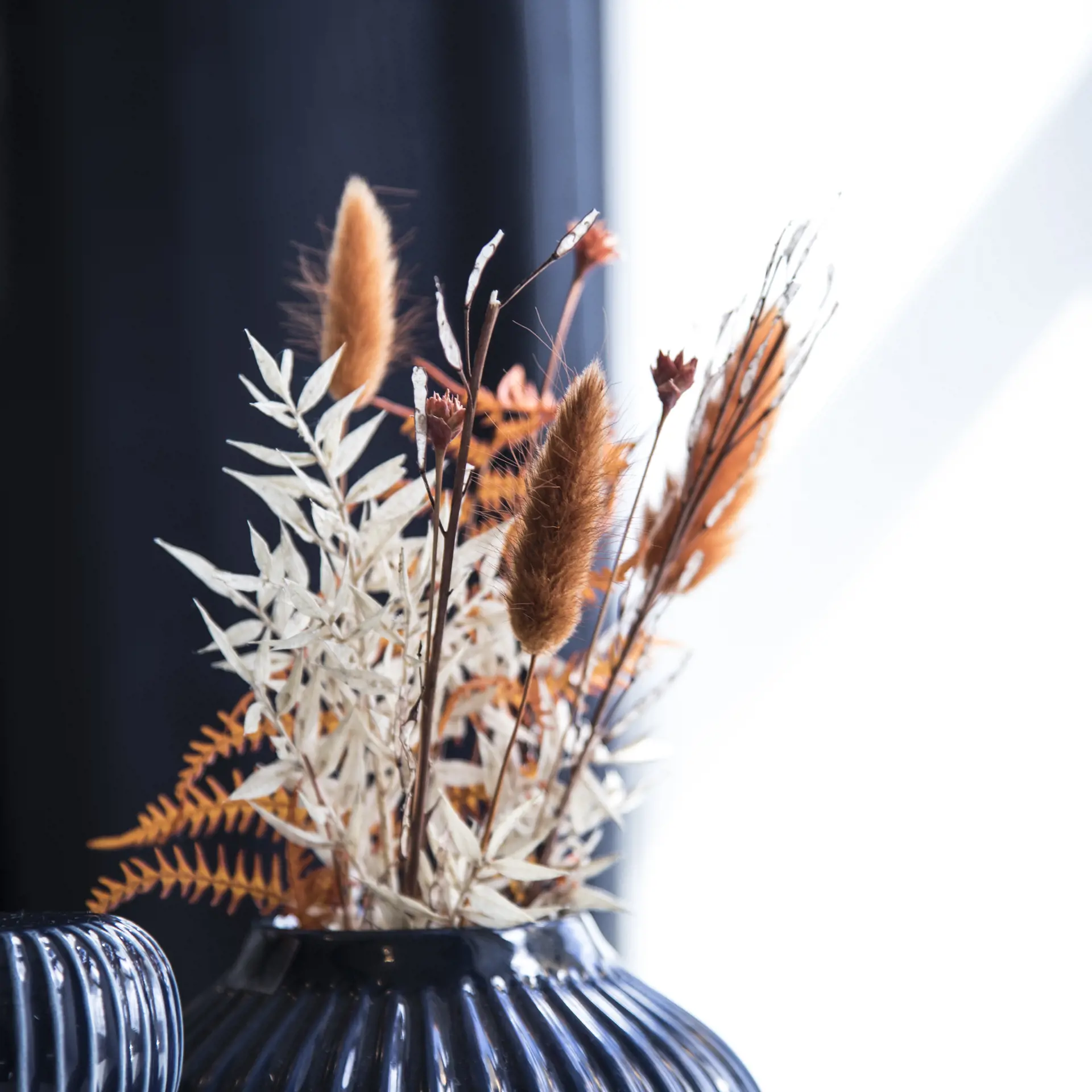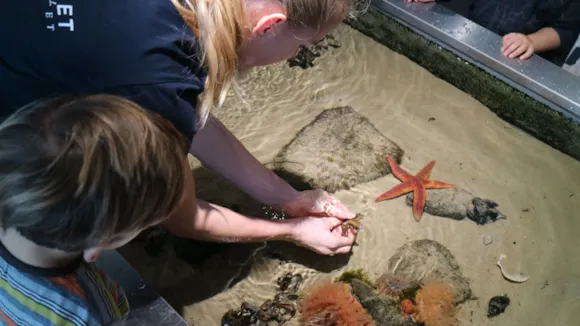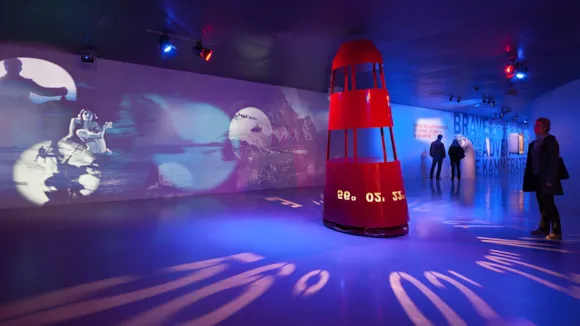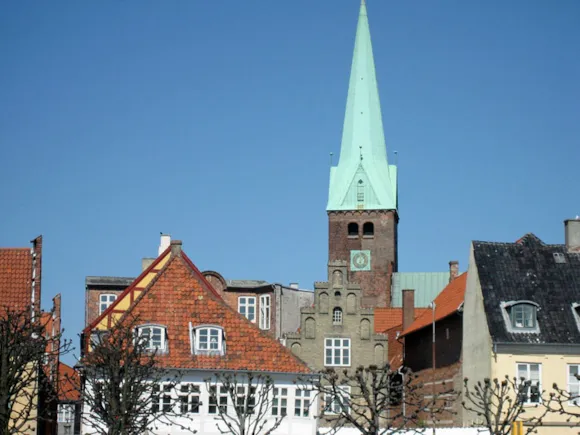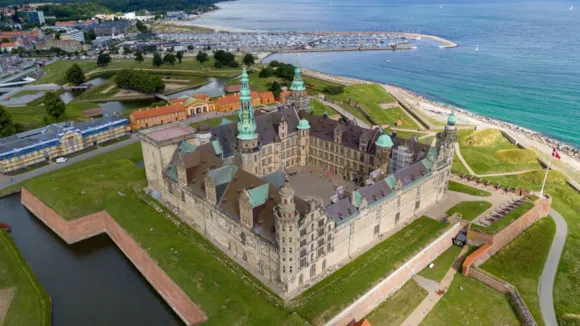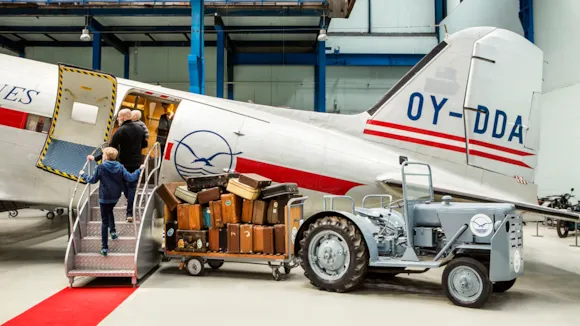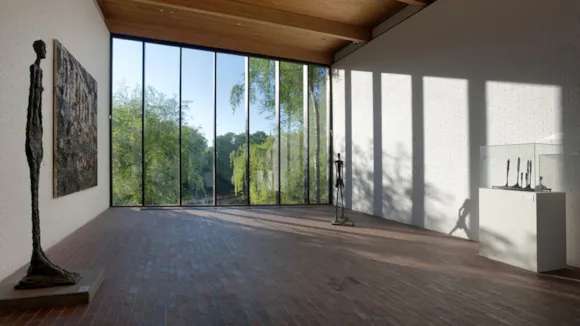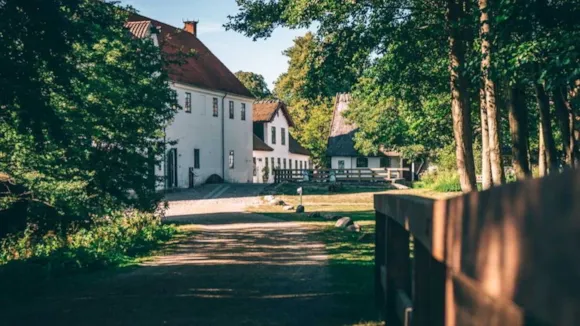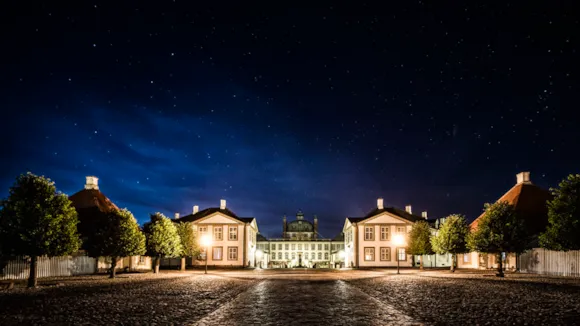The largest Renaissance castle in the Nordic region
Frederiksborg is named after Danish king, Frederik II, who built the first castle on the site. But it was his son, Christian IV, who built the magnificent building we see today, the largest Renaissance castle in the Nordic region.
Find admission prices and opening hours at Frederiksborg Museum of National History
Experience 500 years of Danish history
Frederiksborg Castle is home to the Museum of National History. Through paintings, portraits, furniture, and handicrafts from different stylistic periods, the museum tells the story of 500 years of Danish history.
On a tour through the castle's many beautiful halls, you will meet kings and queens, nobles and bourgeois, events and epochs that have all helped shape Denmark's development and history.
With changing exhibitions of Danish and international character, regular Sunday tours, and family activities during school holidays, the museum puts Danish history into perspective and keeps the dialogue with the past alive.
Events and exhibitions at Frederiksborg Museum of National History
Find the easiest way to the castle in Hillerød
Using publictransport.dk, you can find the easiest and quickest way to get to Frederiksborg Castle by public transport.
Must-sees at Frederiksborg Castle
- The pomp and splendor of the Knight's Hall
The Knight's Hall is located on the second floor above the castle church and is one of the highlights of the castle. It has been recreated as it was during Christian IV's time and is splendidly furnished so that you can vividly imagine the royal feasts of the past with pomp and splendor.
Look up, for the ceiling is lavishly carved and painted with great detail that is worth studying closely. Beautiful tapestries and portraits of the Glücksburg royal family hang on the walls, one of the newest being Niels Strøbæk's painting of three generations: Queen Margrethe, Crown Prince Frederik, and Prince Christian.
In the Audience Chamber, high and low have been able to appear before the king since the 1680s. The Audience Chamber was spared in the devastating fire of 1859, and therefore you can experience a unique example of an original Baroque interior from Christian V's time. The Audience Chamber reopened in May 2016 after extensive restoration work over four years.
A curious detail in the Audience Chamber is the built-in elevator, which was installed in 1692 for Christian V. Using a pulley system, the king could be hoisted from the Audience Chamber in a chair and directly down to the Mint Gate, and discreetly leave the castle in a carriage.
Like the Audience Chamber, Frederiksborg Castle Church was largely spared from the destruction of the castle fire in 1859, so you can experience the castle church almost as it was when the absolute monarchs were anointed here.
Today, everyone has access to worship services and concerts in the historic space. From the gallery walkway at the top, where coat-of-arms of elephant knights and grand cross knights of the Order of Dannebrog are continuously hung, there is a fantastic view of the church space.
On the castle's third floor, Danish history is brought right up to the present day. Here you can see portraits, historical paintings, and furniture from the 20th and 21st centuries, including portraits of politicians, sports stars, musicians, writers, and other cultural personalities. The rooms are simple and provide a contemporary backdrop for modern portrait art.
Also read: 7 Things to Experience at and Around Frederiksborg Castle
Therefore the castle is called Frederiksborg
Frederik II laid the foundation when he acquired the Hillerødsholm manor in 1560 and built the first version of Frederiksborg.
His son, Christian IV, who was born and grew up in the castle, had greater ambitions: Between 1600-1620, he demolished his father's castle and erected the much larger and beautiful Renaissance castle that we can see today. The castle is an expression of Christian IV's position as a powerful European monarch in his time, built to impress Europe's kings and princes, and no expense was spared.
How long was Frederiksborg a royal residence?
Royals lived in Frederiksborg until the end of the 18th century, after which the castle was considered outdated. However, Frederik VII brought new life to Frederiksborg in the mid-1800s when he moved in with Louise Rasmussen, Countess Danner.
The couple modernized the castle with several fireplaces and stoves to heat the large rooms, but it turned out to be catastrophic: One of the heat sources ignited the great castle fire in 1859, which burned out most of the interior. Only the Castle Church and the Audience Hall survived the fire.
Saving the castle - Brewer Jacobsen's vision
During the reconstruction, the royal family no longer wanted to live in the castle. Carlsberg's founder, brewer J.C. Jacobsen, suggested creating a museum of national history in the magnificent setting and offered to finance it. The Museum of National History at Frederiksborg was founded in 1878 and has since been an independent part of the Carlsberg Foundation.
Opening hours, parking, accessibility, etc.
Find all necessary information to plan your visit to Frederiksborg Castle. Read about opening hours, admission, parking, accessibility, transport, photography, museum shop at Frederiksborg Castle.
The Museum of National History recommends that you buy your entrance ticket before your visit.
Buy your ticket to Frederiksborg Castle
Download the guide in advance
- Download the app "smartify" to access all guides to the Museum of National History.
- You can scan the artworks and listen to audioguides on the app.
- Mobile coverage in the museum can vary, so download the app before your visit or in the lobby where there is free Wi-Fi.
